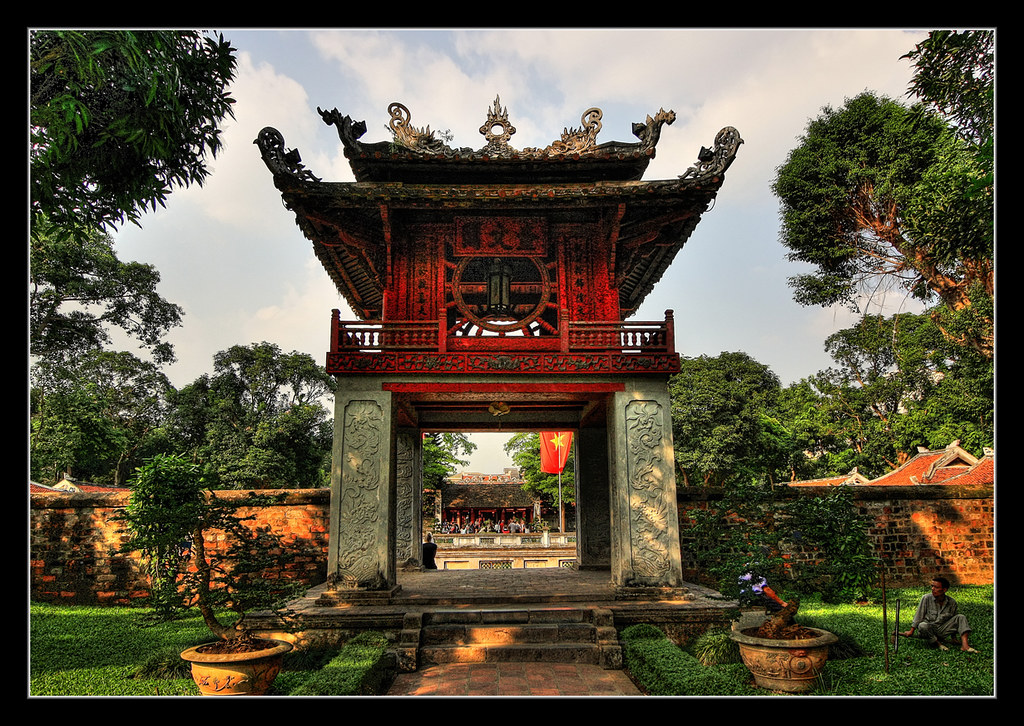Explore Angkor Thom - Cambodia’s Majestic Ancient City
Visitors to Angkor Thom can also marvel at the intricate details found throughout the Bayon Temple, particularly the extensive bas-reliefs that line its walls. These bas-reliefs vividly depict everyday life in the Khmer Empire, showcasing scenes of battles, market activities, religious rituals, and festive celebrations.The artistry and craftsmanship displayed in these carvings provide a window into the past, allowing modern-day visitors to gain a deeper understanding of the culture and society that flourished during the height of the Khmer Empire.A short distance from Bayon Temple lies the Baphuon Temple, another architectural gem within Angkor Thom. Originally dedicated to the Hindu god Shiva, the Baphuon was later converted into a Buddhist temple. This temple is particularly notable for its massive reclining Buddha statue, which was constructed using stones from the collapsed upper tiers of the temple.The Baphuon underwent extensive restoration, and visitors can now walk along its elevated causeway and climb to the top for sweeping views of the surrounding jungle and ruins.
The Phimeanakas Temple, situated within the Royal Palace enclosure, is another significant site within Angkor Thom. This temple, built in the shape of a pyramid, was once the private temple of the Khmer kings. According to legend, the temple was the residence of a serpent spirit who would transform into a woman each night, and the king was required to sleep with her to ensure the prosperity of the kingdom. Visitors can climb to the top of Phimeanakas for a glimpse of the Royal Palace grounds and the nearby Srah Srei water reservoir.
Prasat Suor Prat, a series of twelve towers lining the eastern side of the Royal Square, adds to the architectural diversity of Angkor Thom. These towers, whose purpose remains a subject of debate among historians, are believed to have been used for various functions, including as lookout towers, venues for royal ceremonies, or as places for resolving disputes. The unique alignment and construction of these towers offer a glimpse into the sophisticated urban planning and architectural prowess of the Khmer builders.
Angkor Thom is not only a site of historical and architectural significance but also a place of spiritual and cultural resonance. The interplay between Hindu and Buddhist elements in the temples reflects the religious syncretism that characterized the Khmer Empire. The presence of both Hindu and Buddhist iconography within the same complex highlights the inclusive nature of Khmer spirituality and the ability of the empire to integrate diverse cultural and religious influences.
For modern visitors, Angkor Thom provides an unparalleled opportunity to step back in time and experience the grandeur of an ancient civilization. The site’s well-preserved ruins, coupled with the serene natural surroundings of the Siem Reap Province, create a timeless atmosphere that invites reflection and exploration. Angkor Thom’s combination of historical depth, architectural brilliance, and cultural richness ensures that it remains a cherished and enduring legacy of Cambodia’s past.
Beyond the historical and cultural attractions, the experience of visiting Angkor Thom is enriched by the stories and legends associated with its sites. Local guides often share fascinating tales and myths, adding layers of meaning to the physical structures and deepening visitors' appreciation of the ancient city.
To make the most of a visit to Angkor Thom, it is recommended to allocate sufficient time to explore its many wonders thoroughly. Whether wandering through the towering temples, examining the detailed carvings, or simply soaking in the ambiance of this ancient city, visitors will find Angkor Thom to be a place of inspiration and awe. As a UNESCO World Heritage Site, Angkor Thom continues to be a source of pride and cultural heritage for Cambodia, drawing travelers from around the globe to witness its timeless beauty and historical significance.
Other tour
From
70 USD
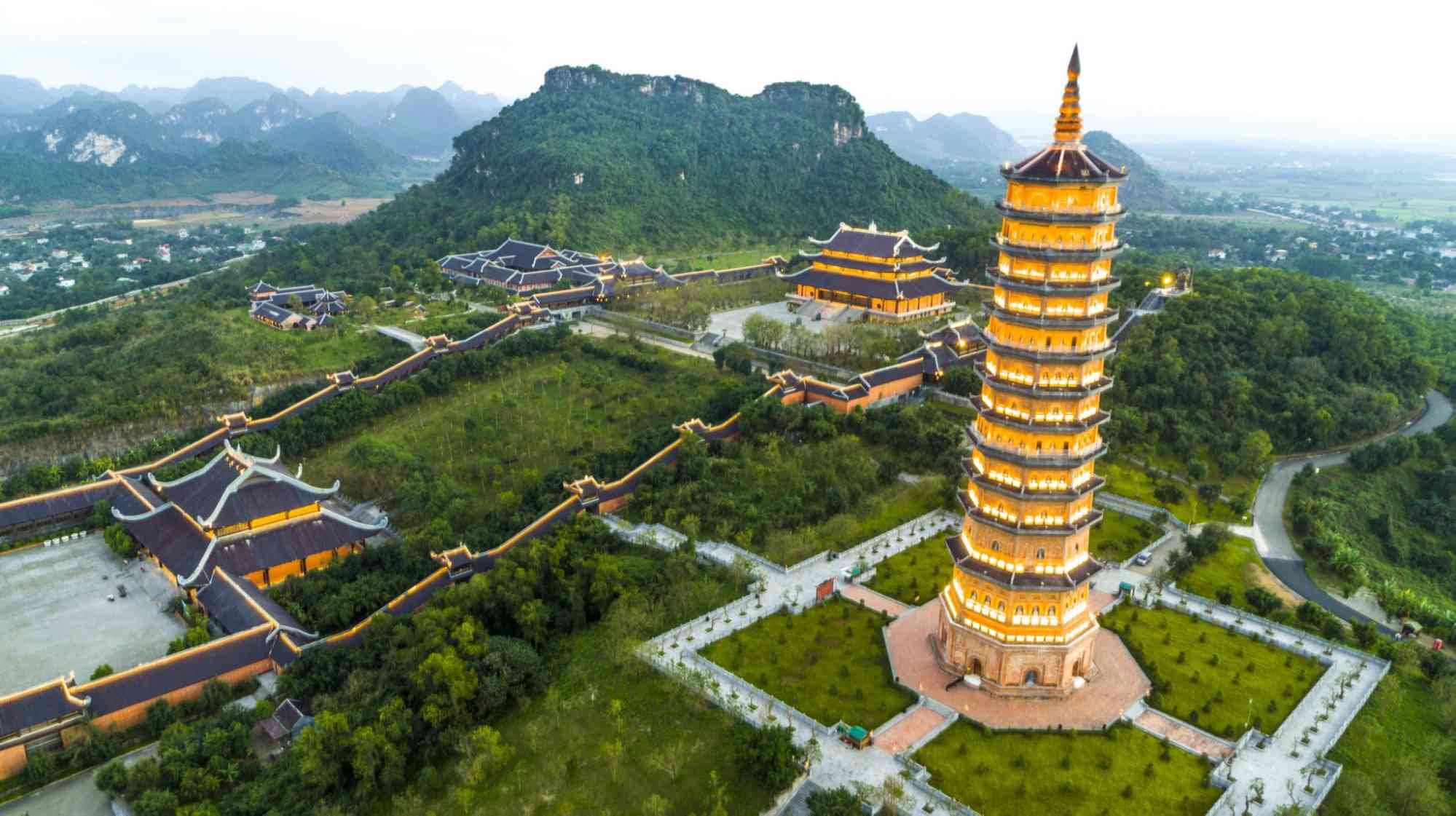 Details
Details
HOA LU – TRANG AN - MUA CAVE -1 DAY TRIP BY LIMOUSINE
AFT
Ha noi
0 Days
Day trip
From
25 USD
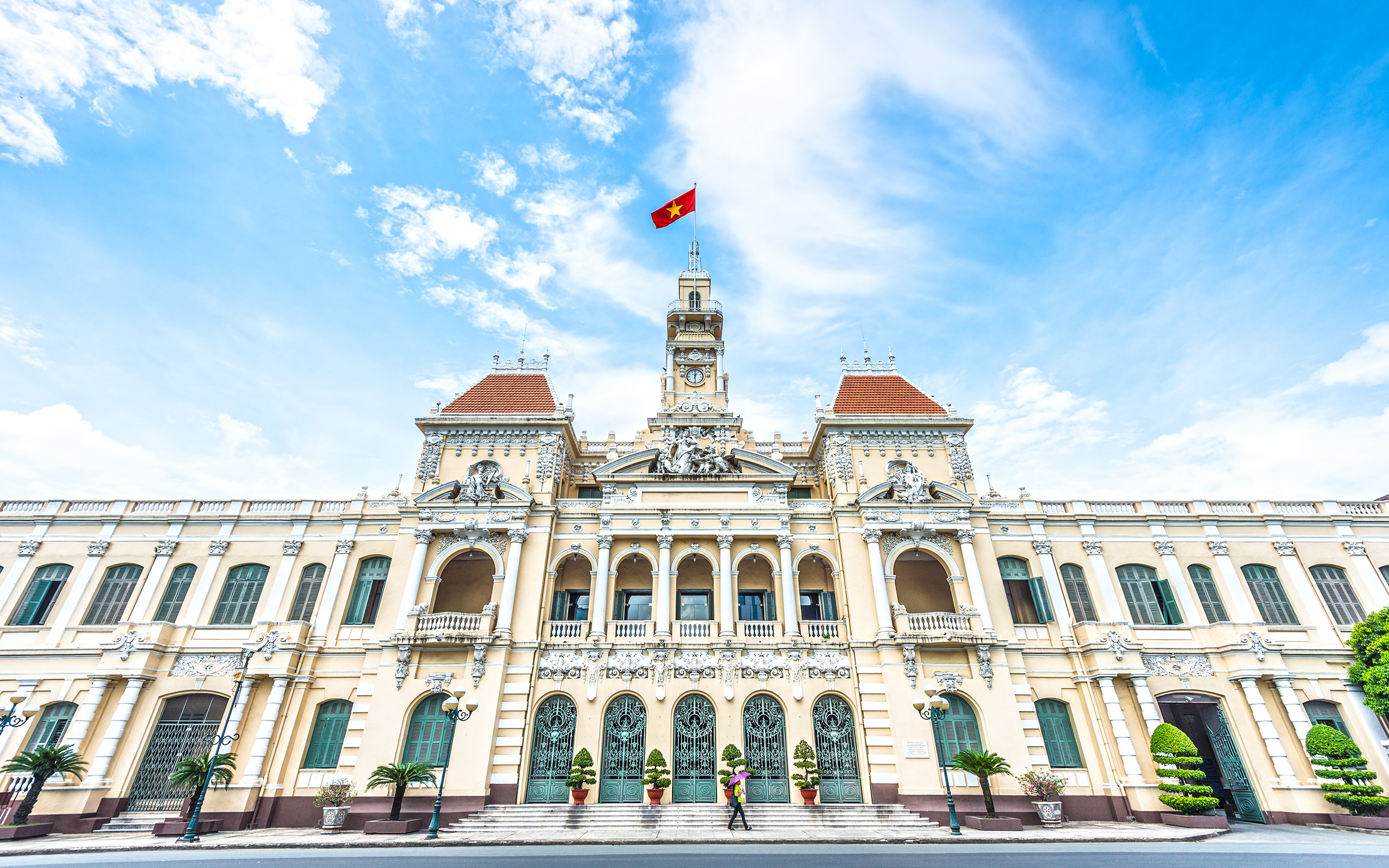 Details
Details
Ho Chi Minh - Cu Chi Tunnel - Ho Chi Minh
CHA01
Ho Chi Minh City
1 Days
Day trip


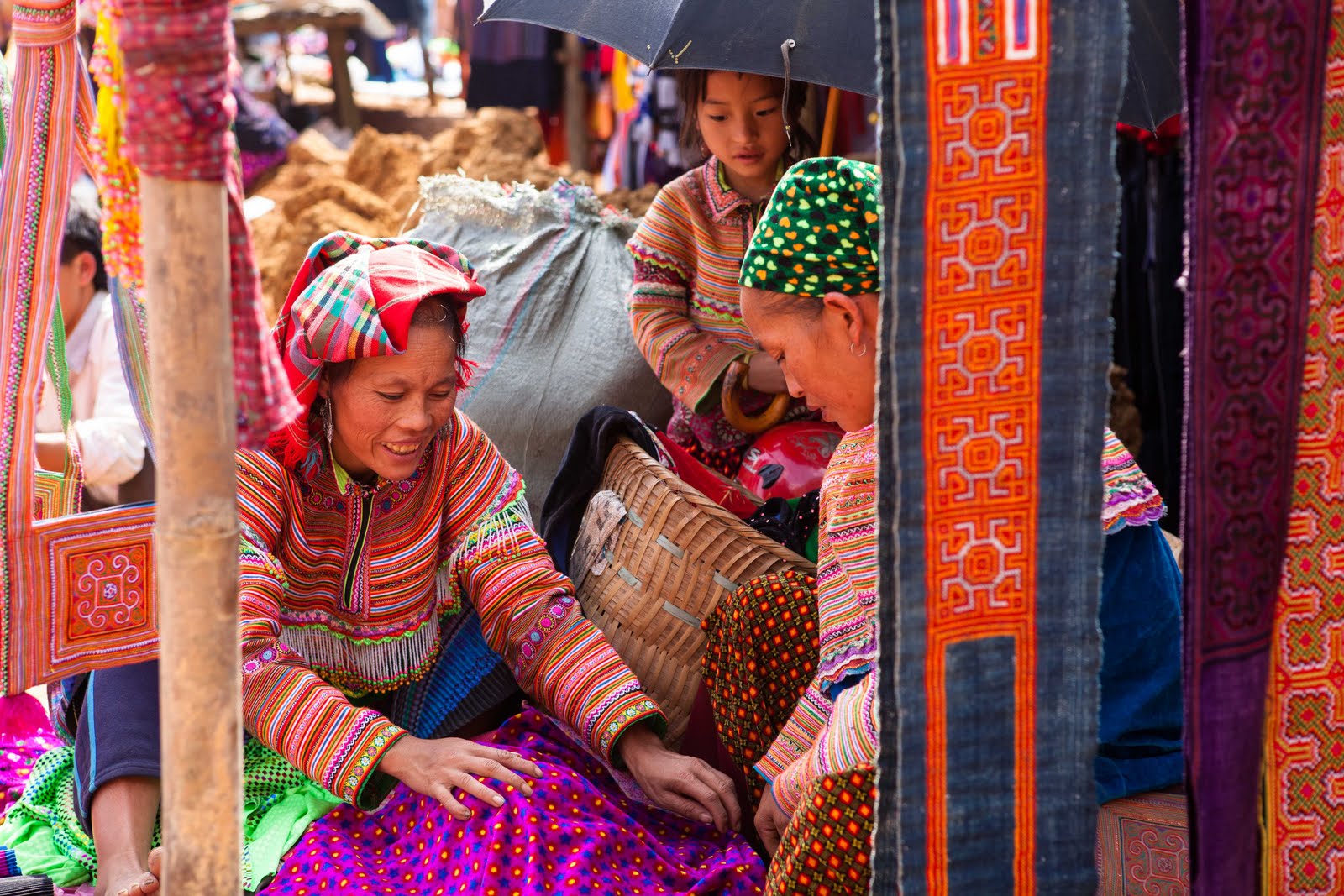



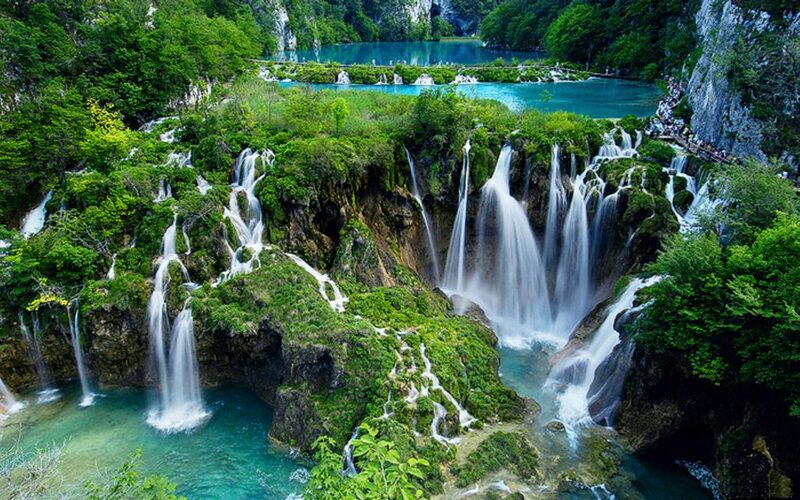



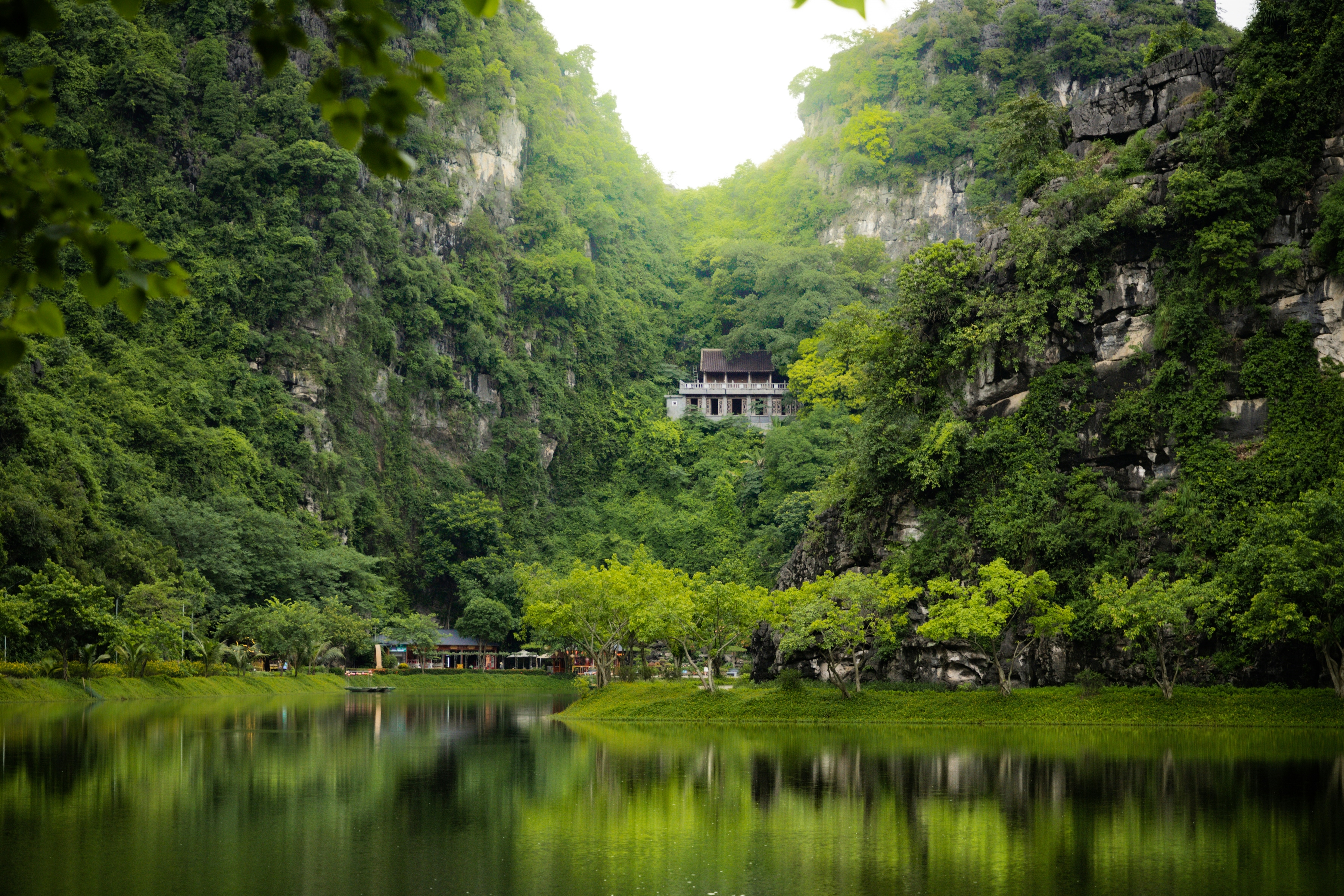
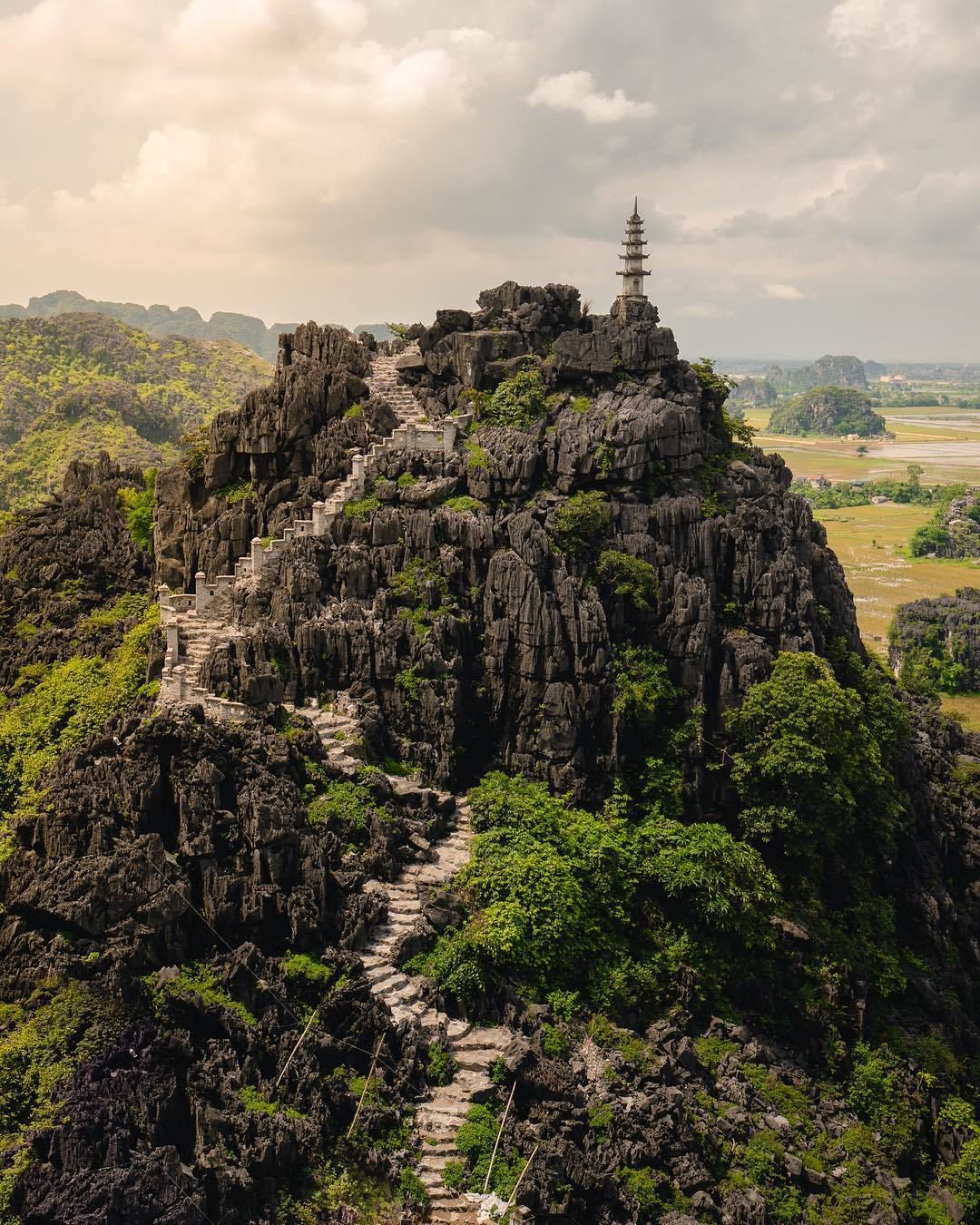
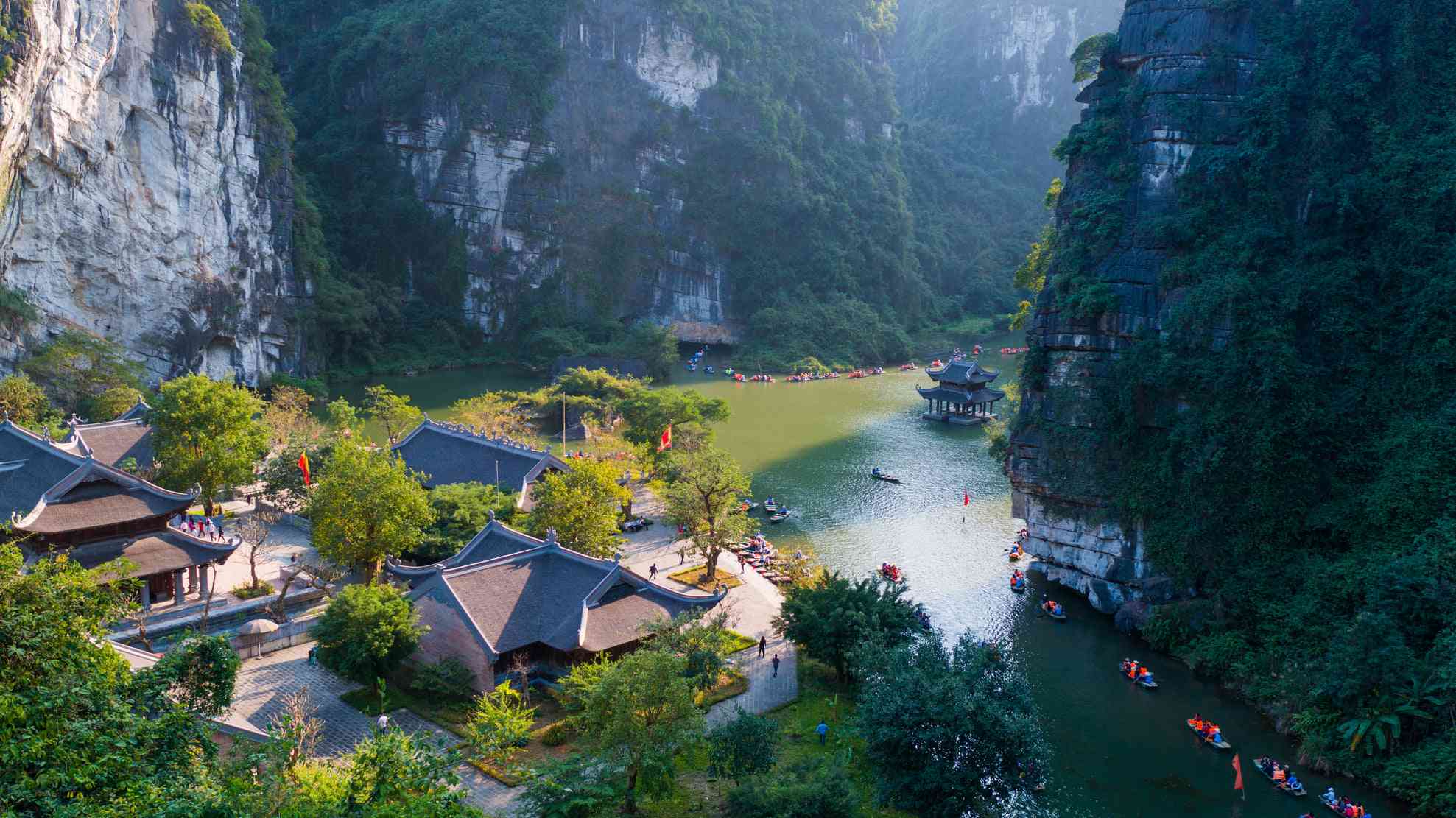


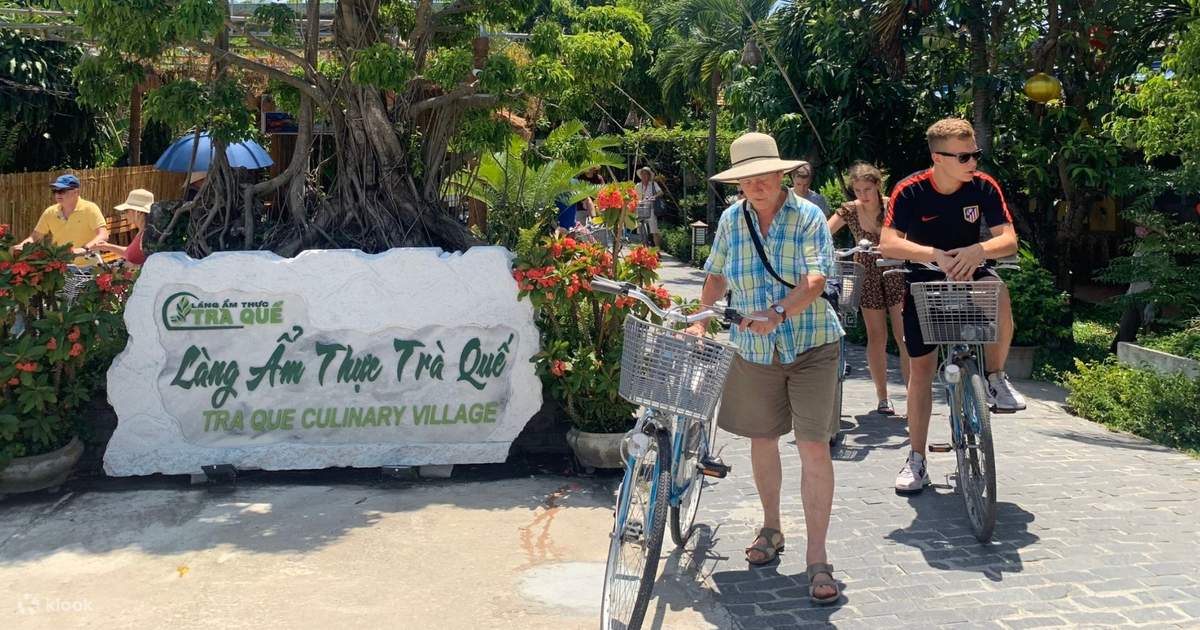
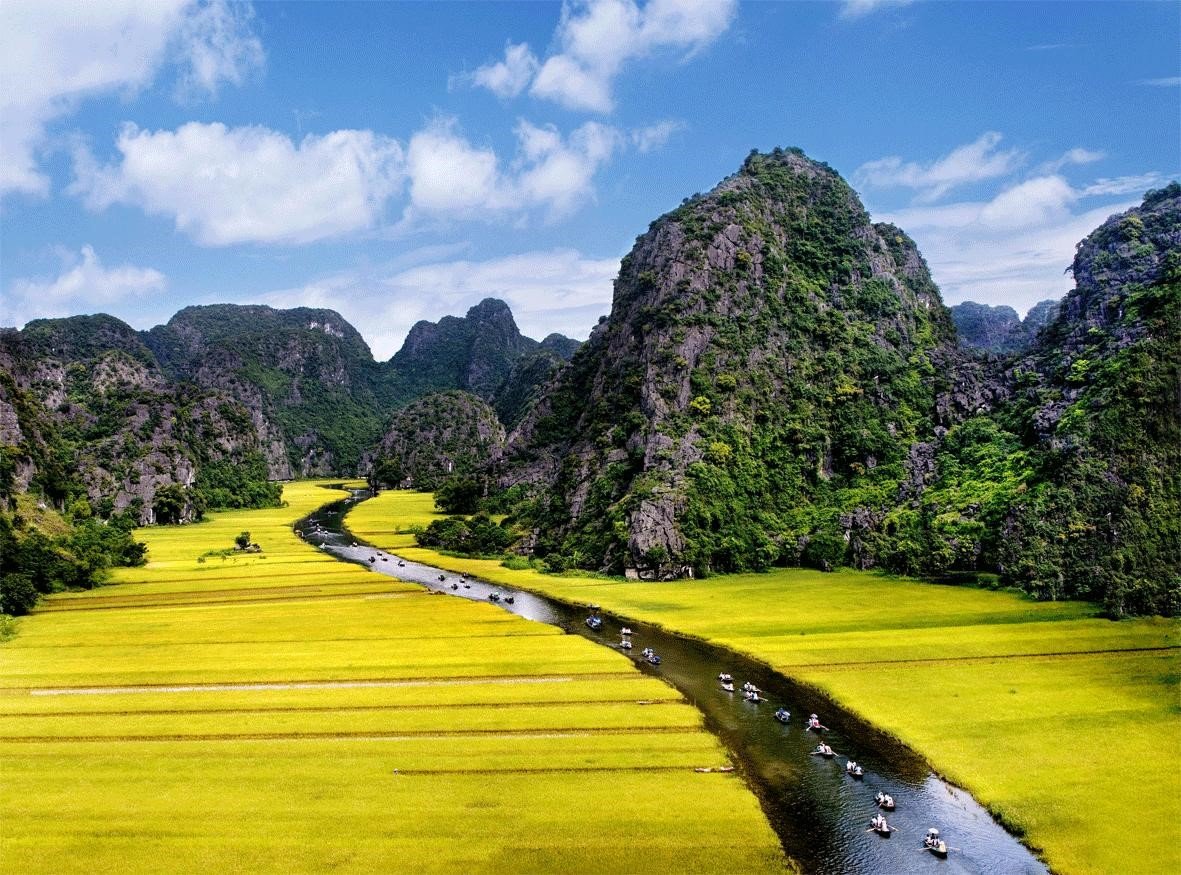




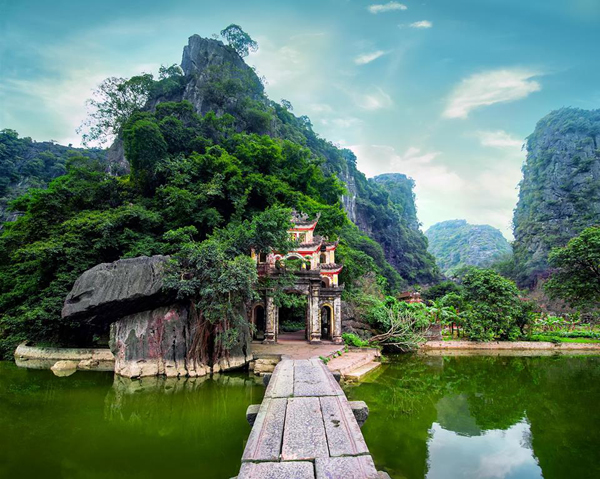

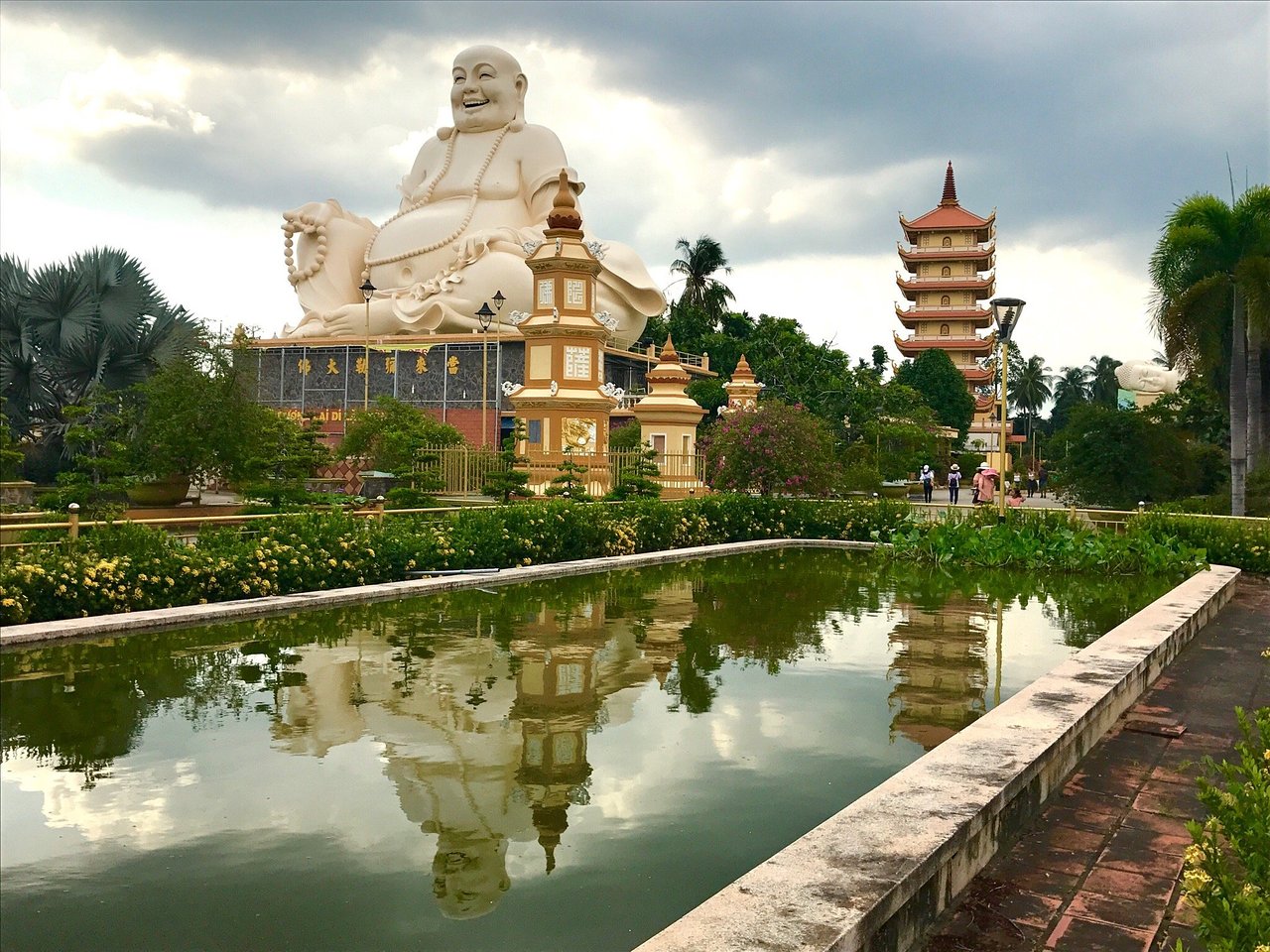

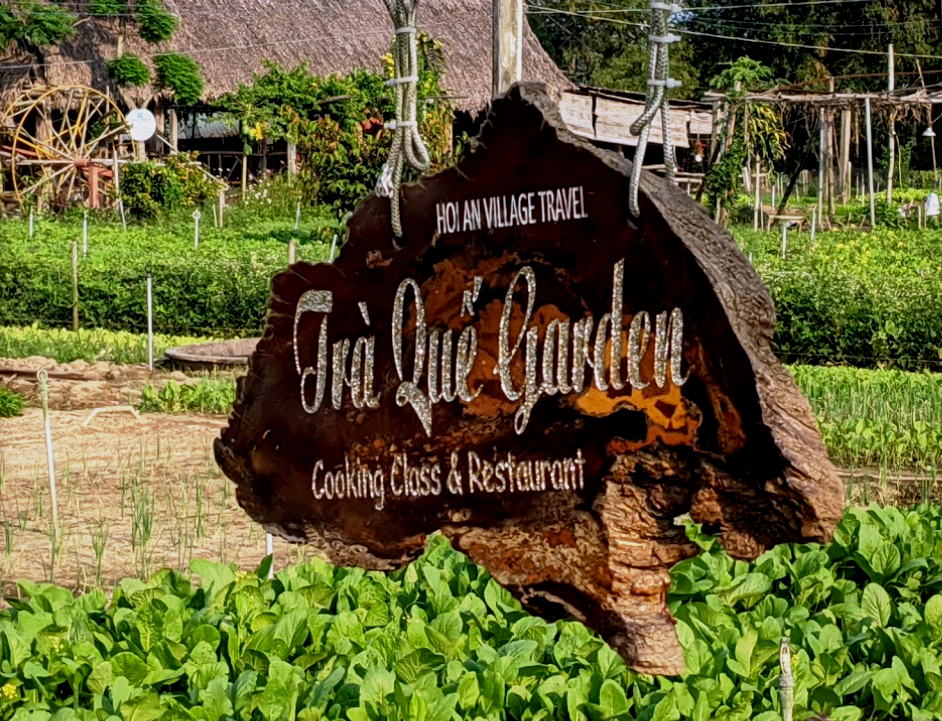


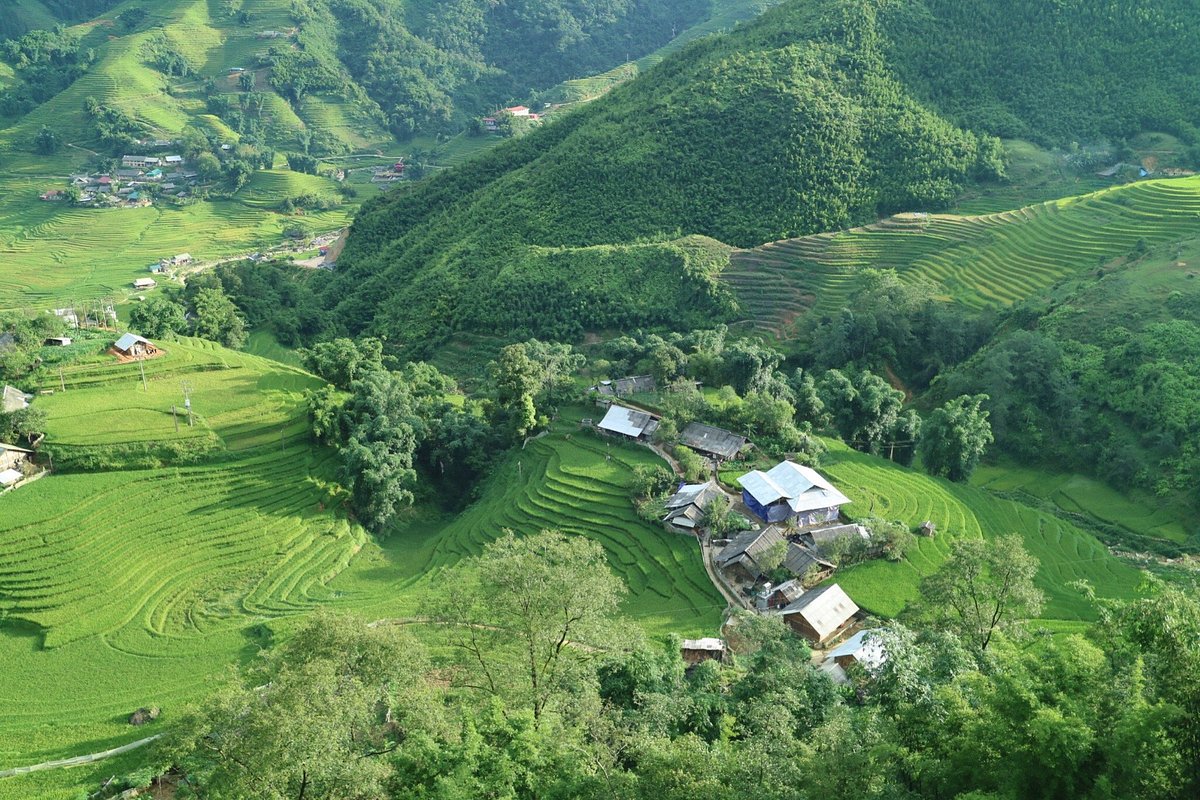
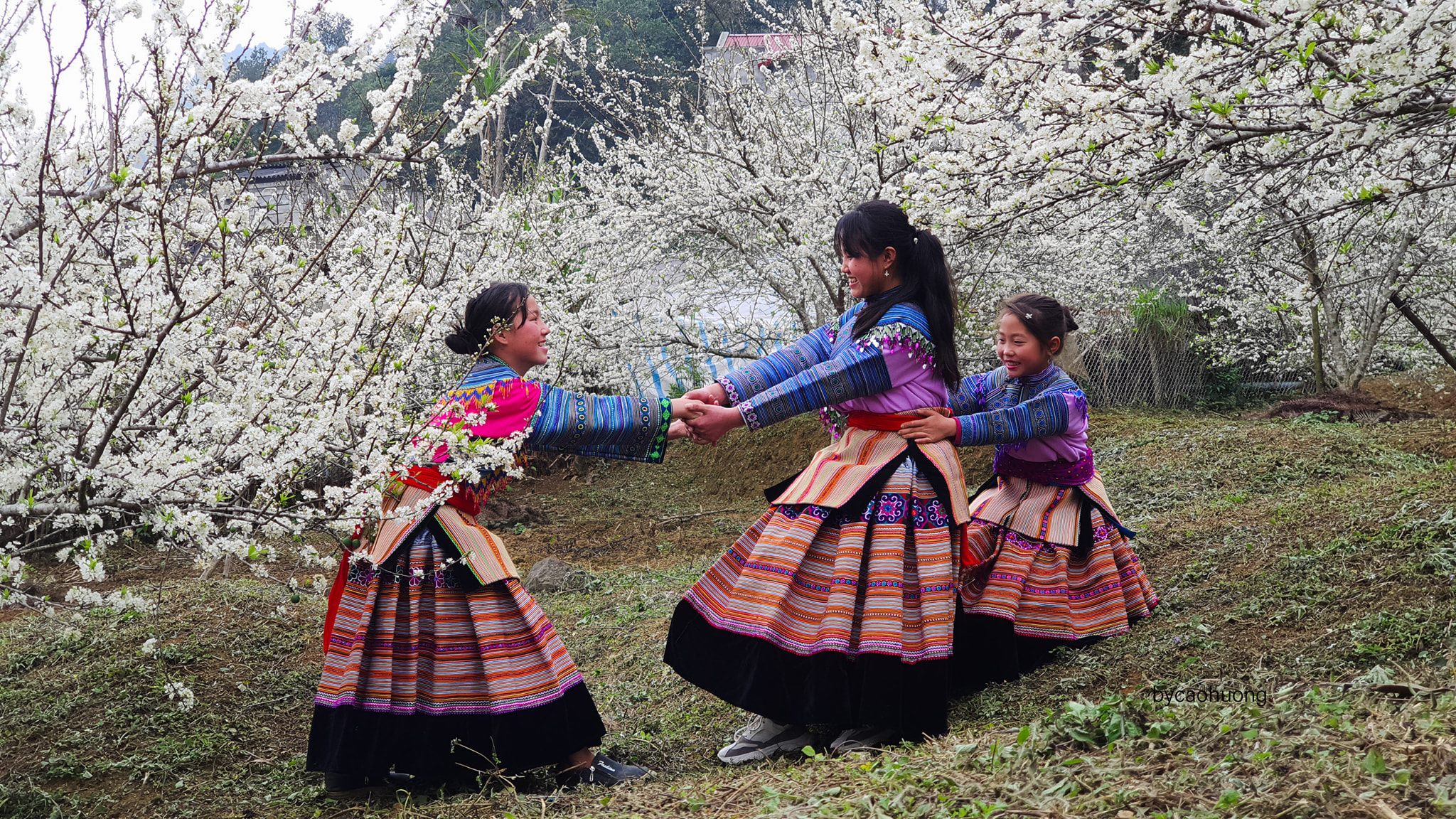



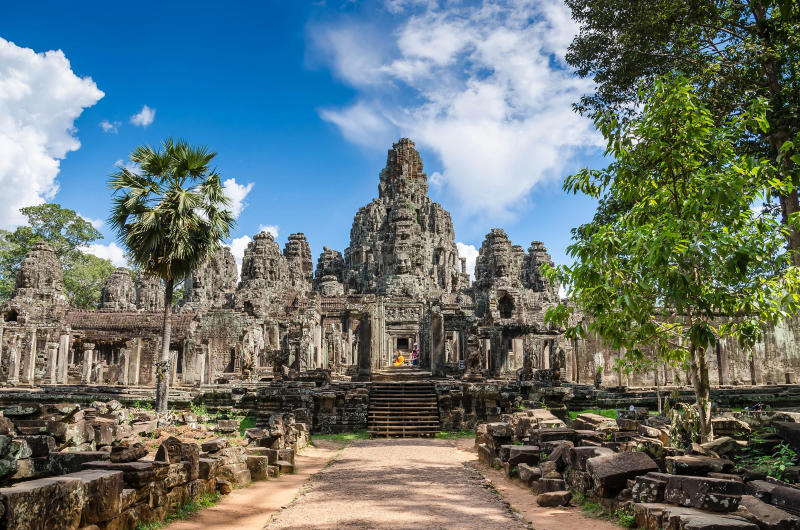
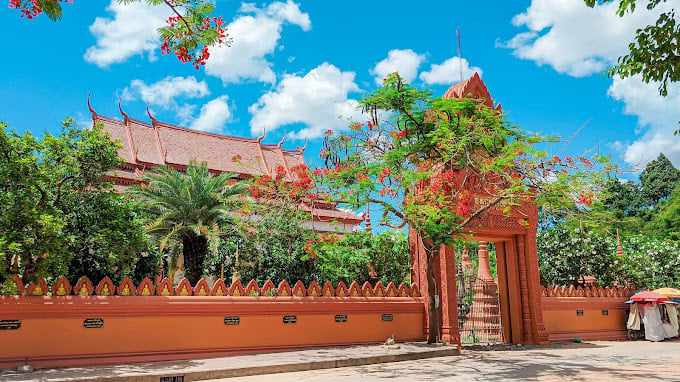

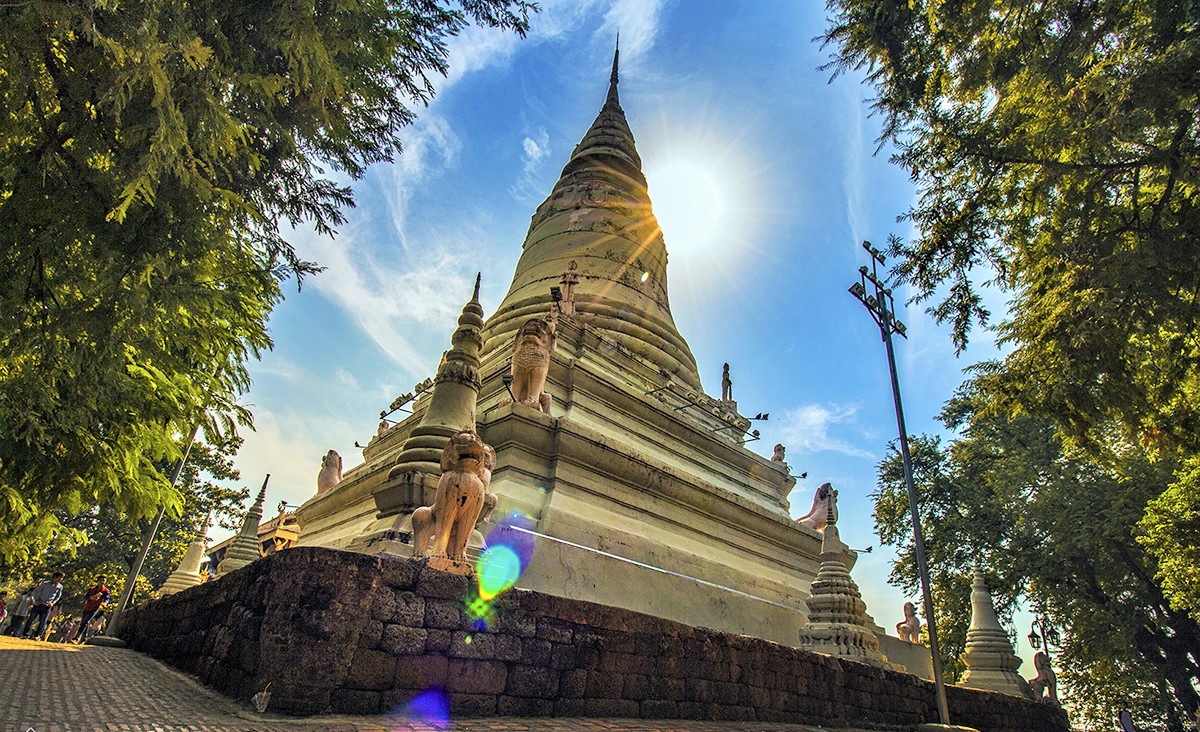
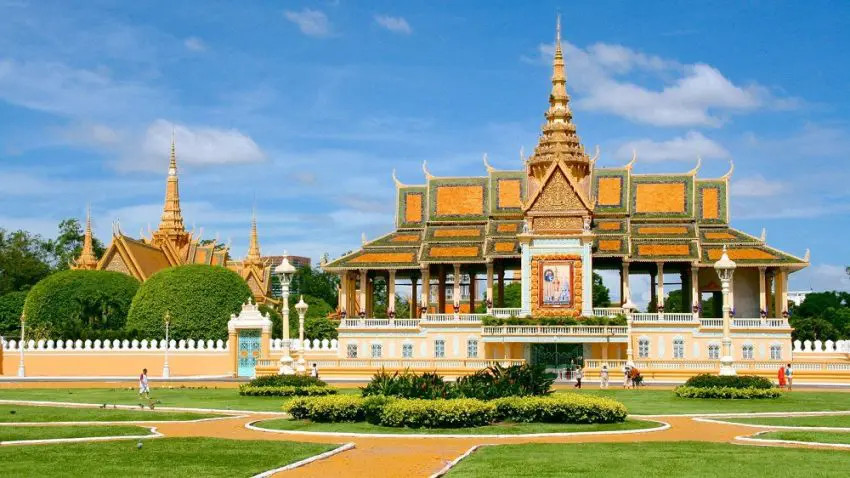


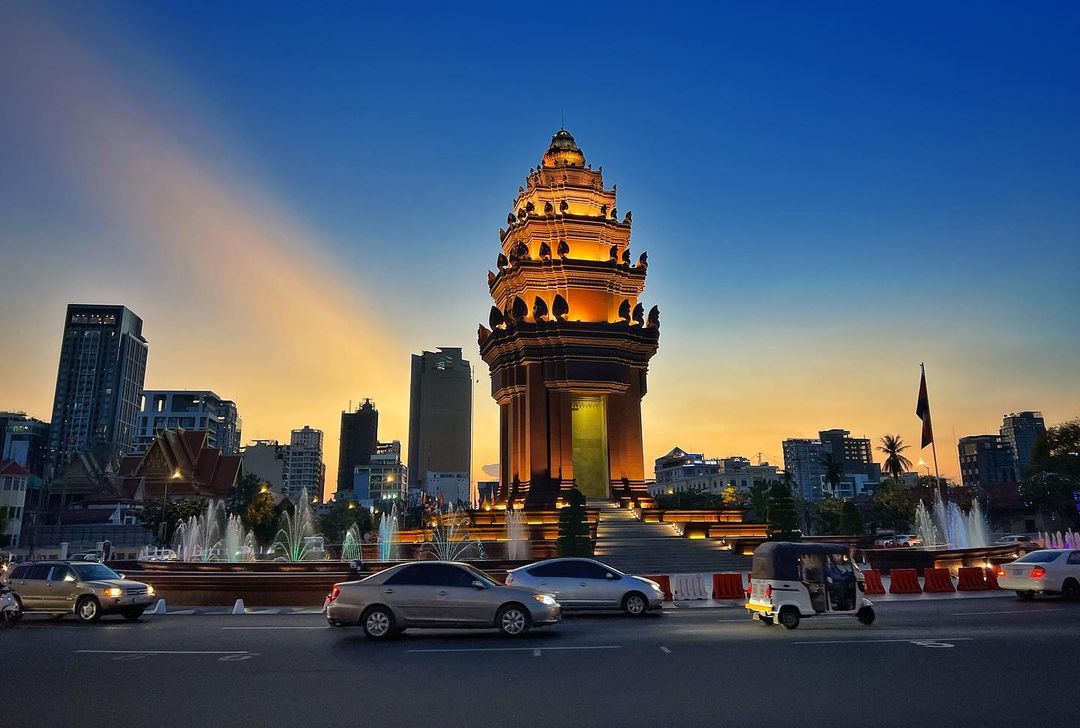
.jpg)
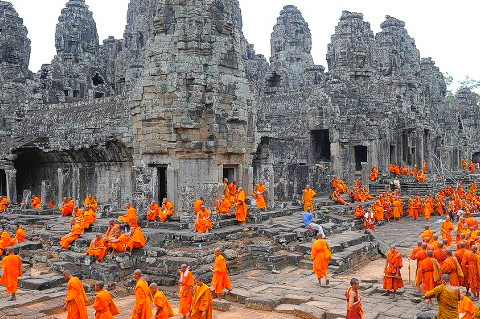
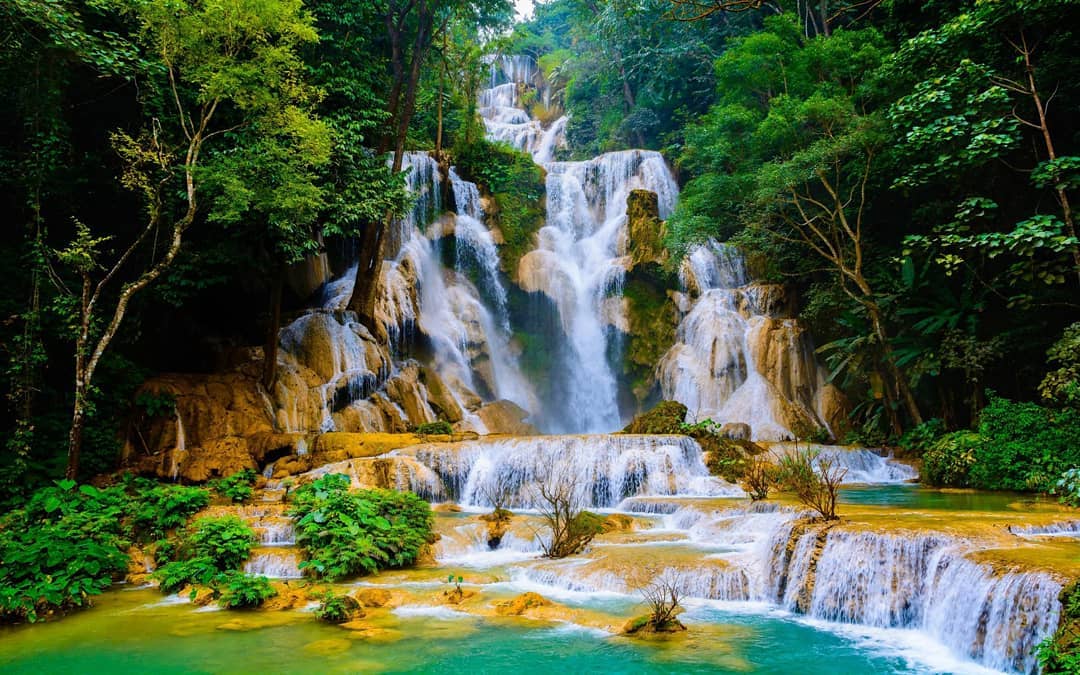
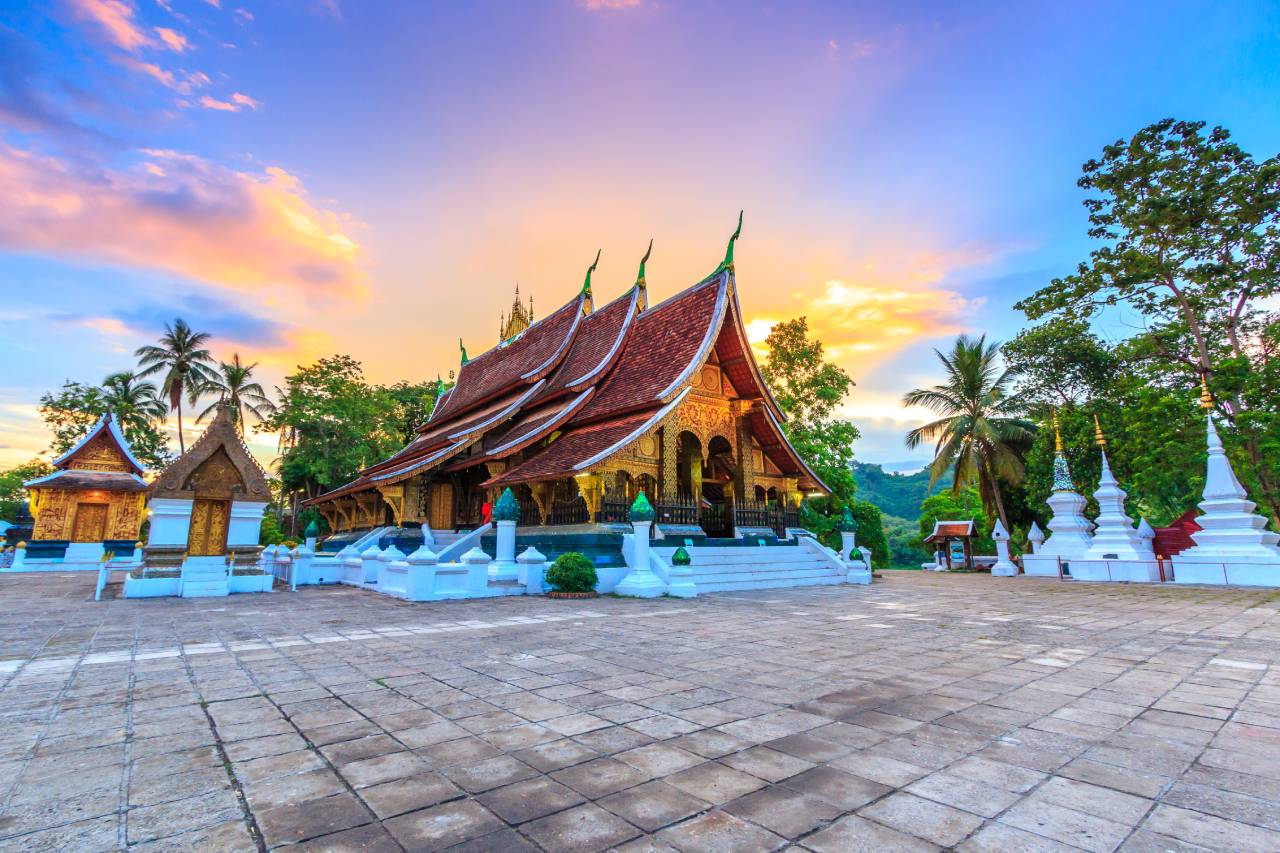
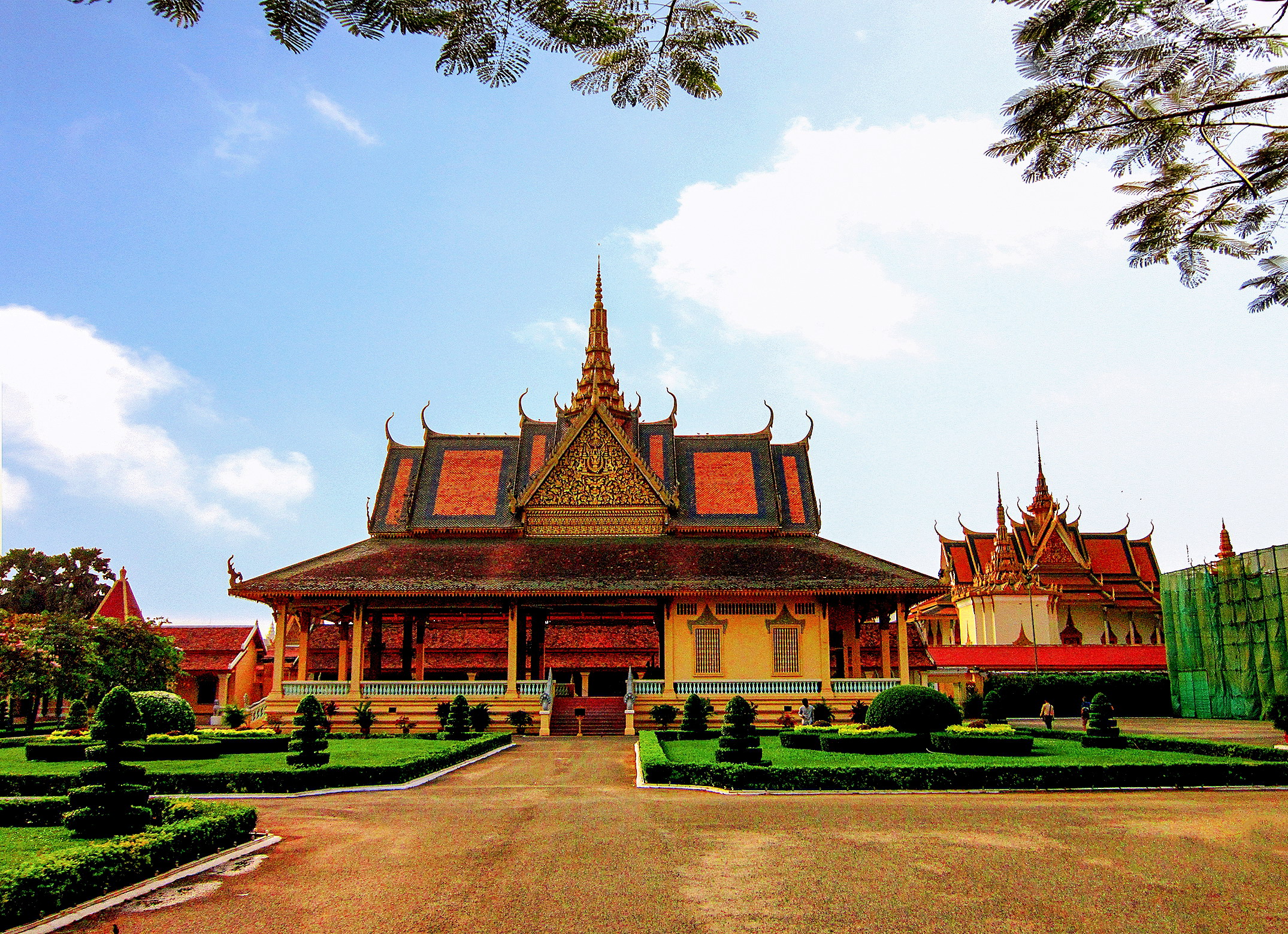
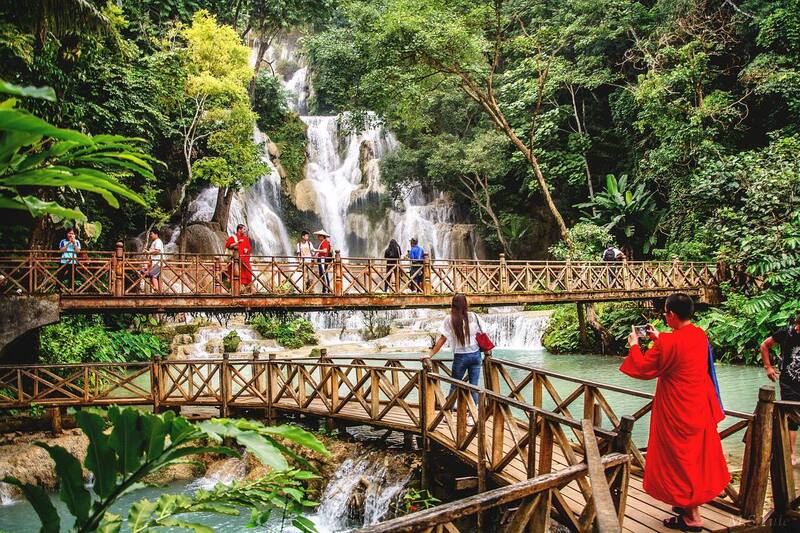
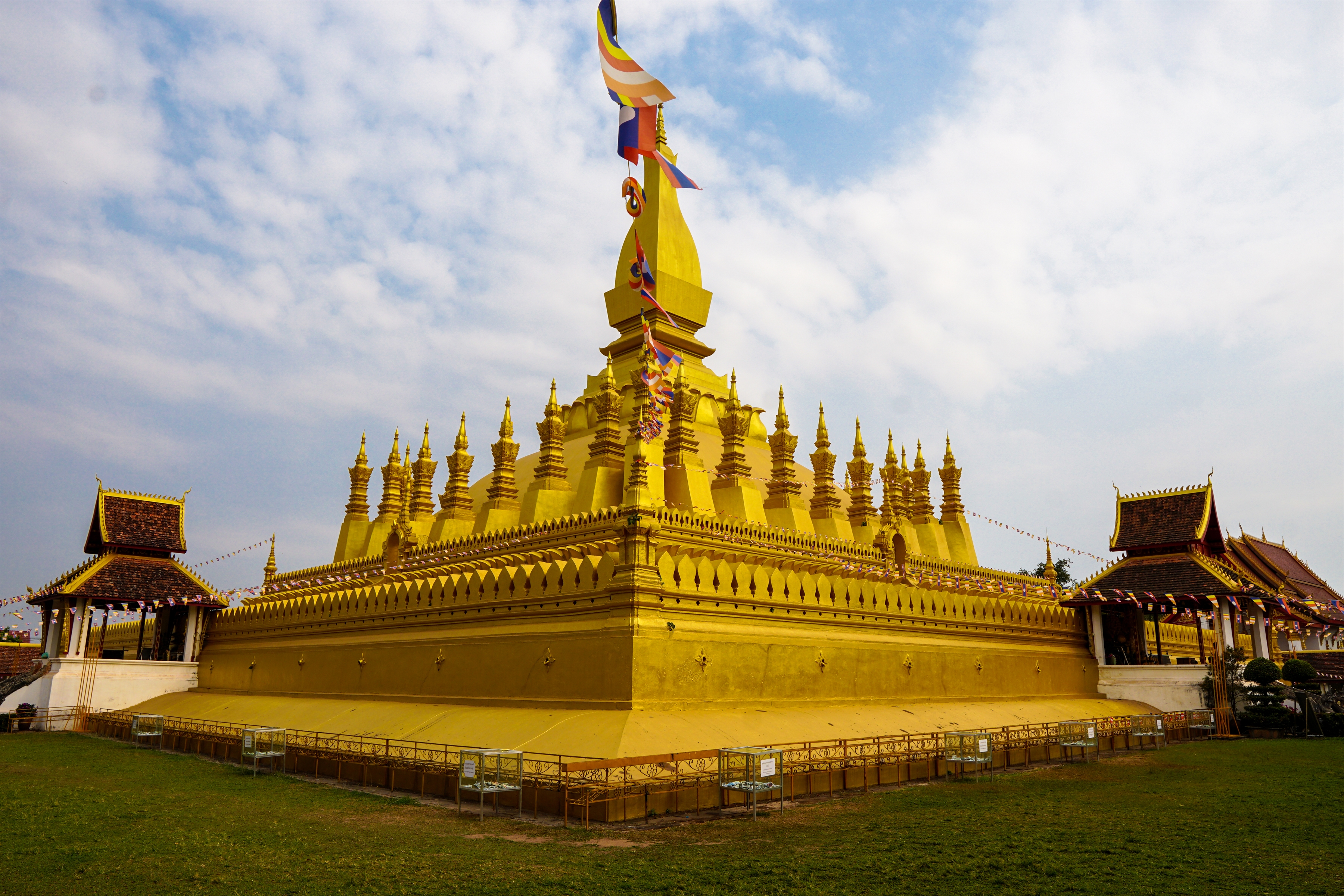
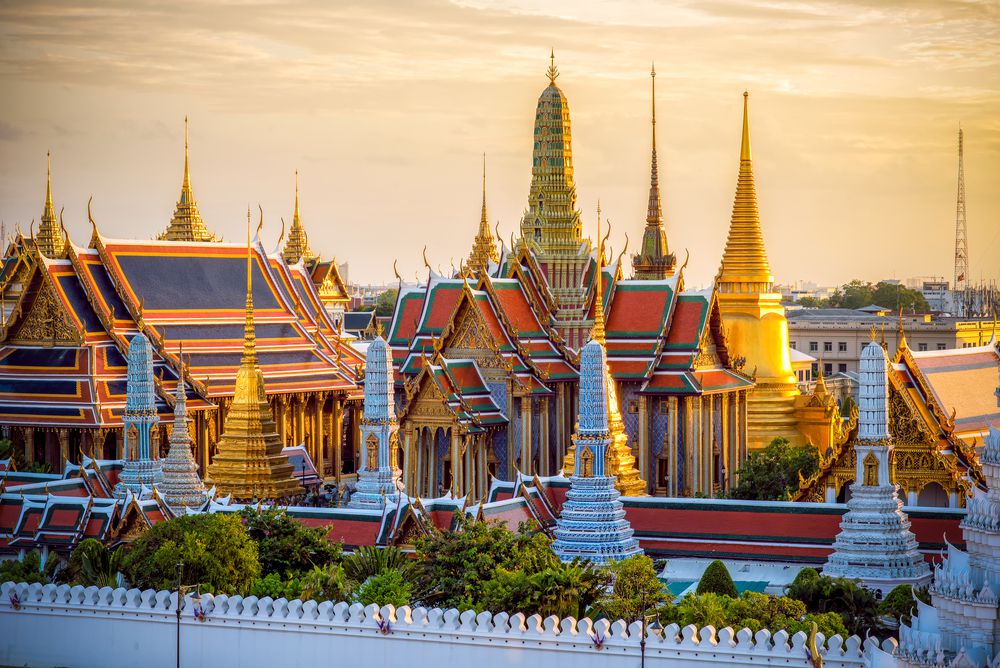
.jpg)
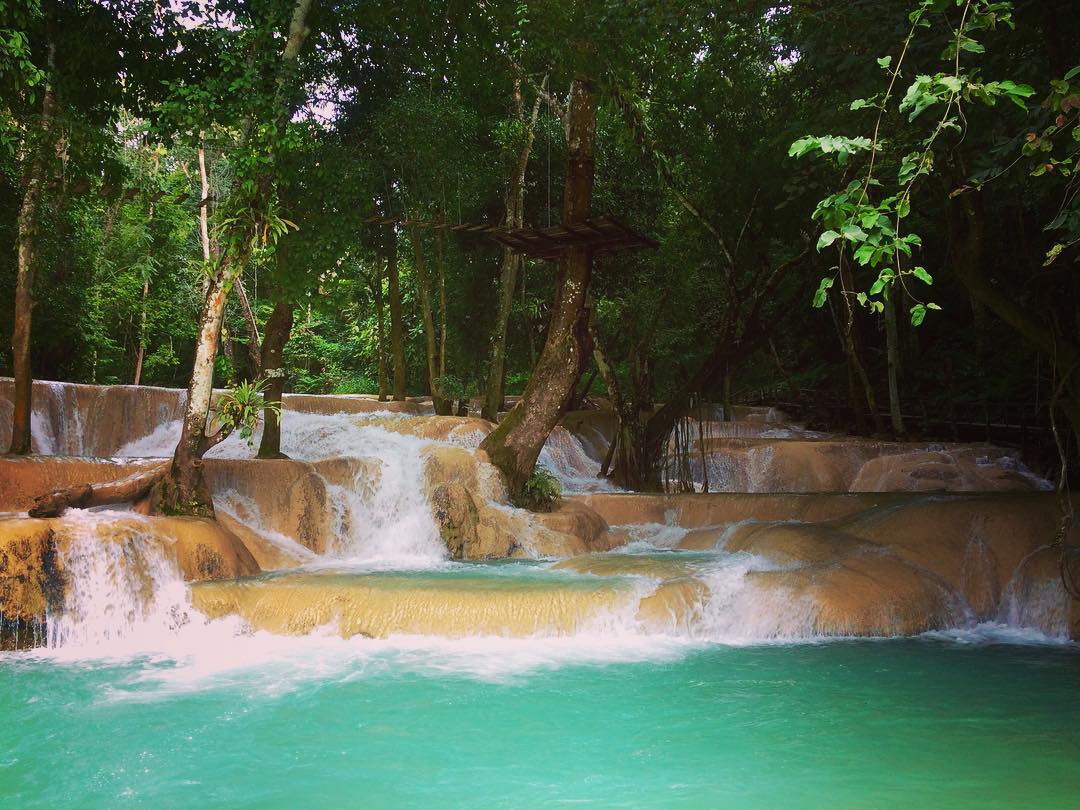
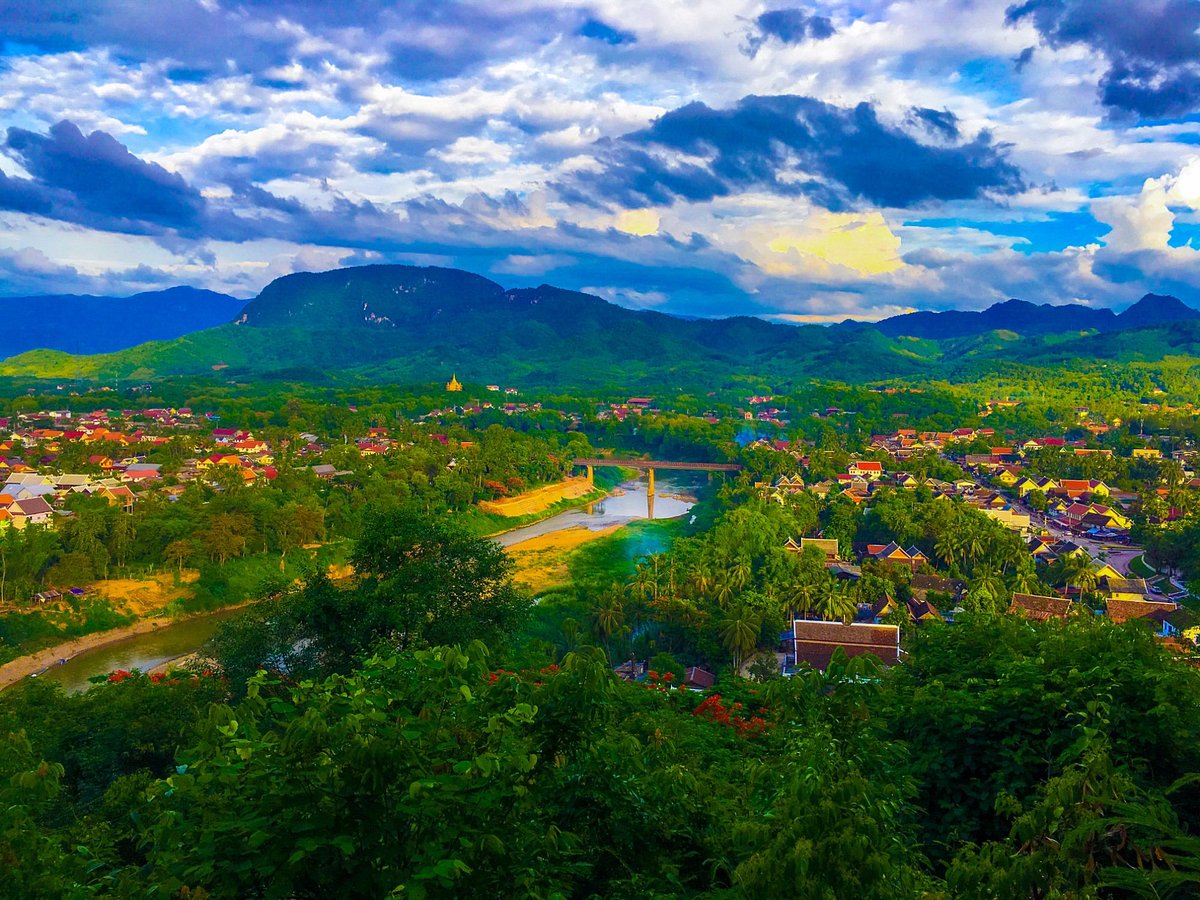

.jpg)



.png)


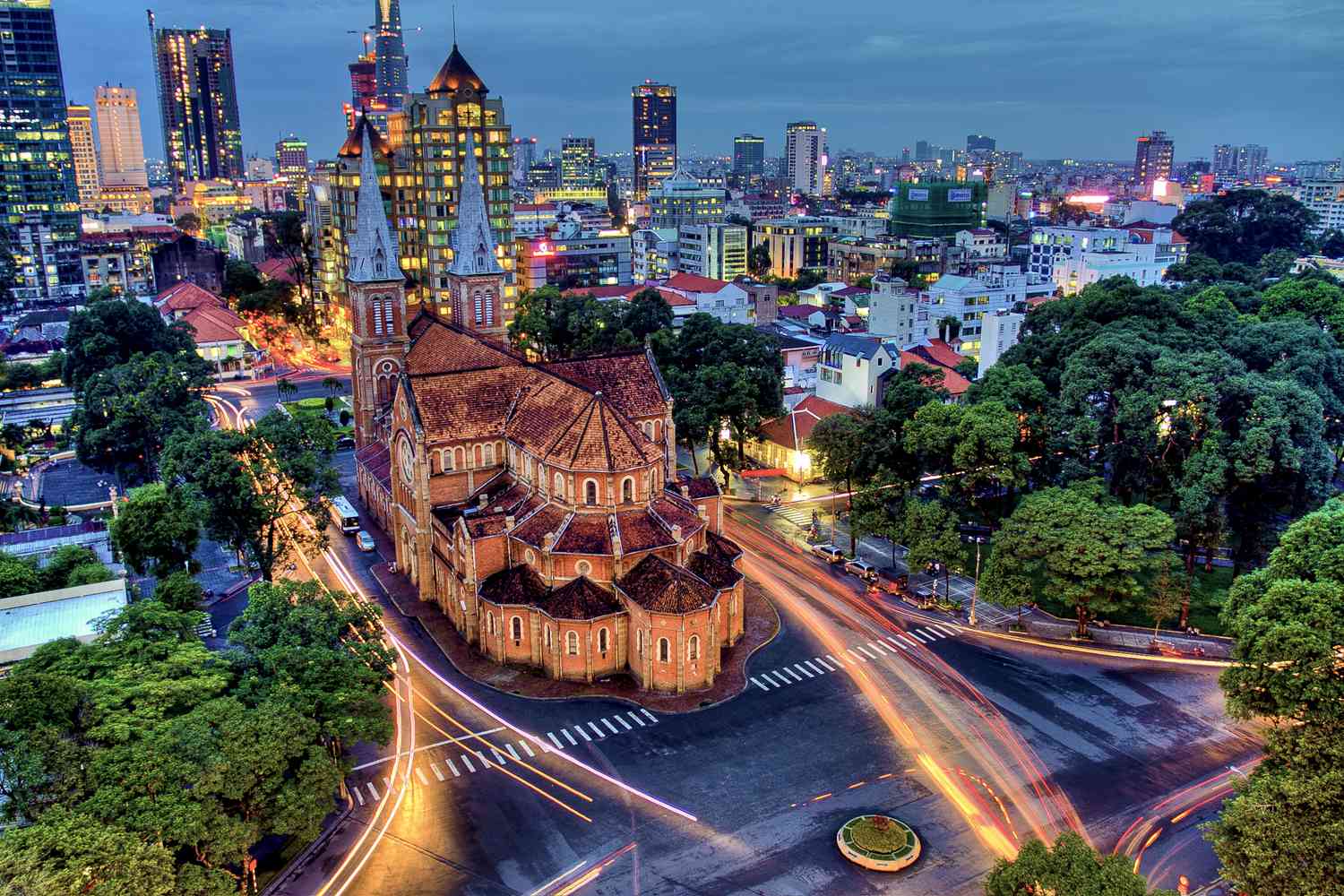

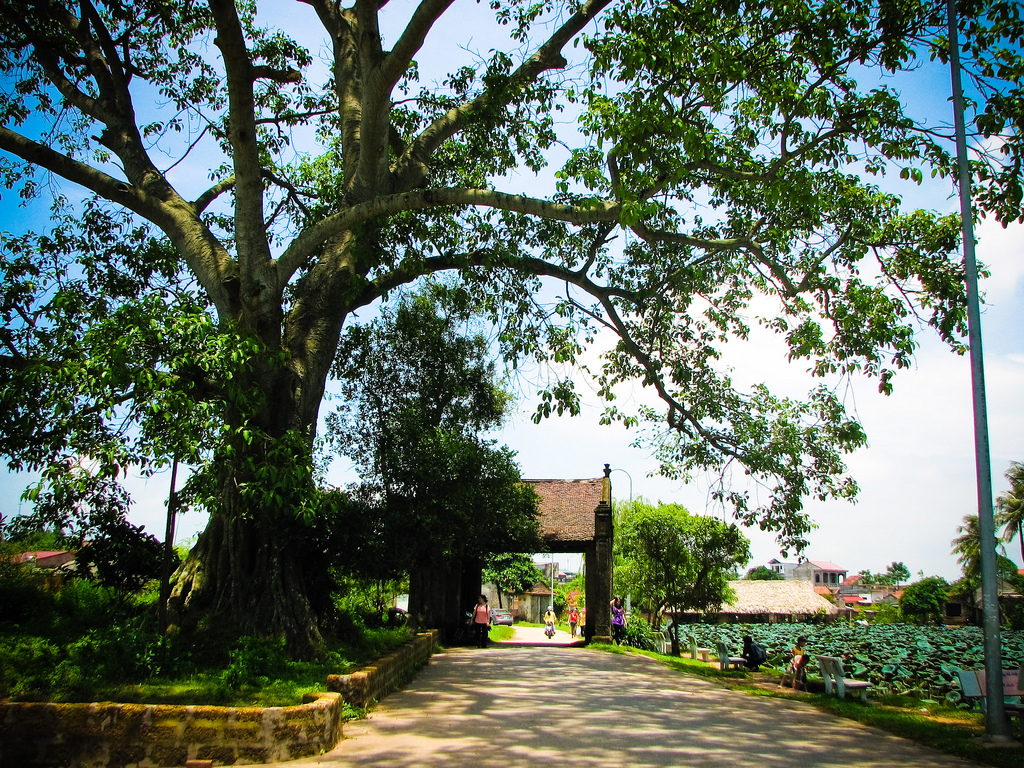
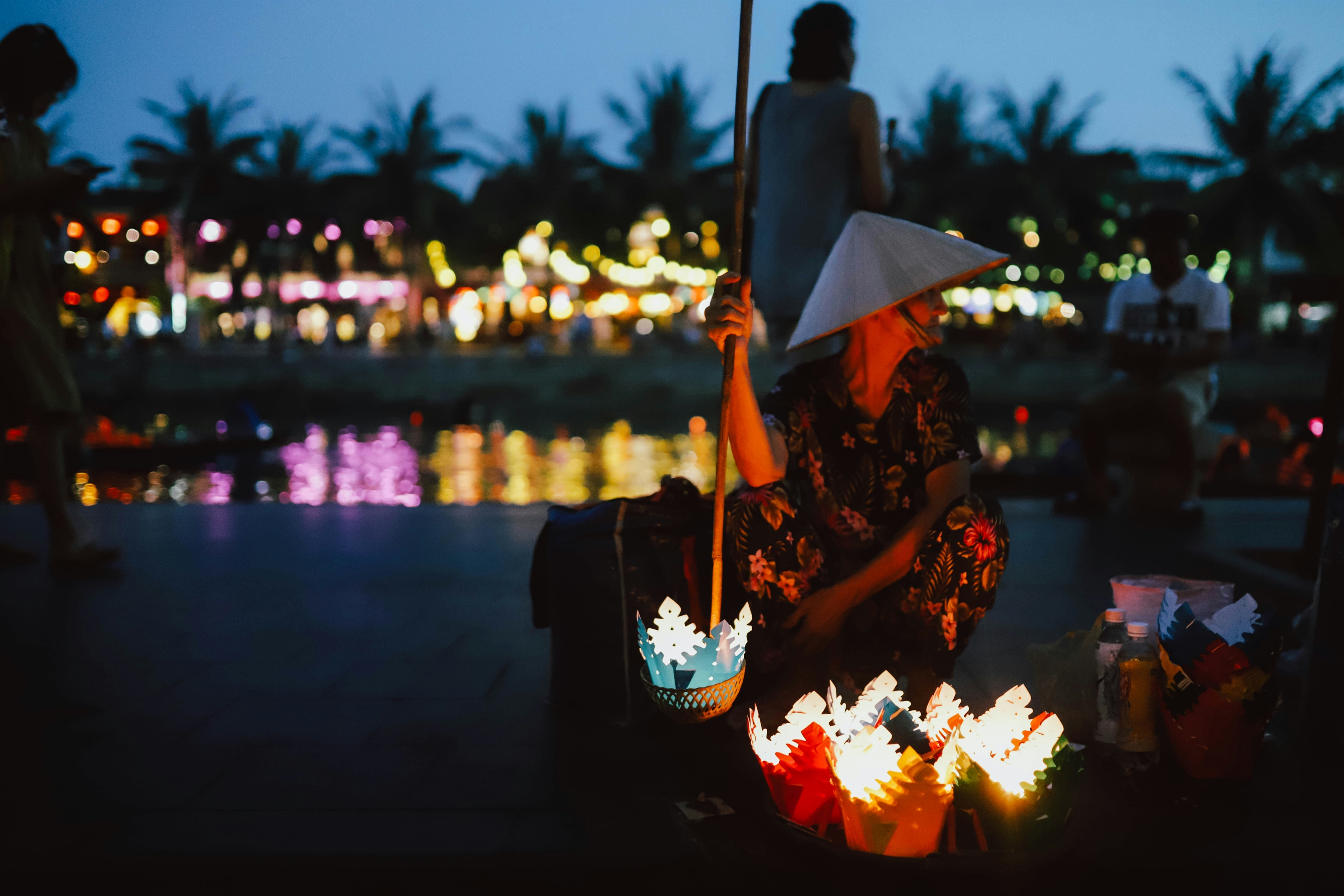
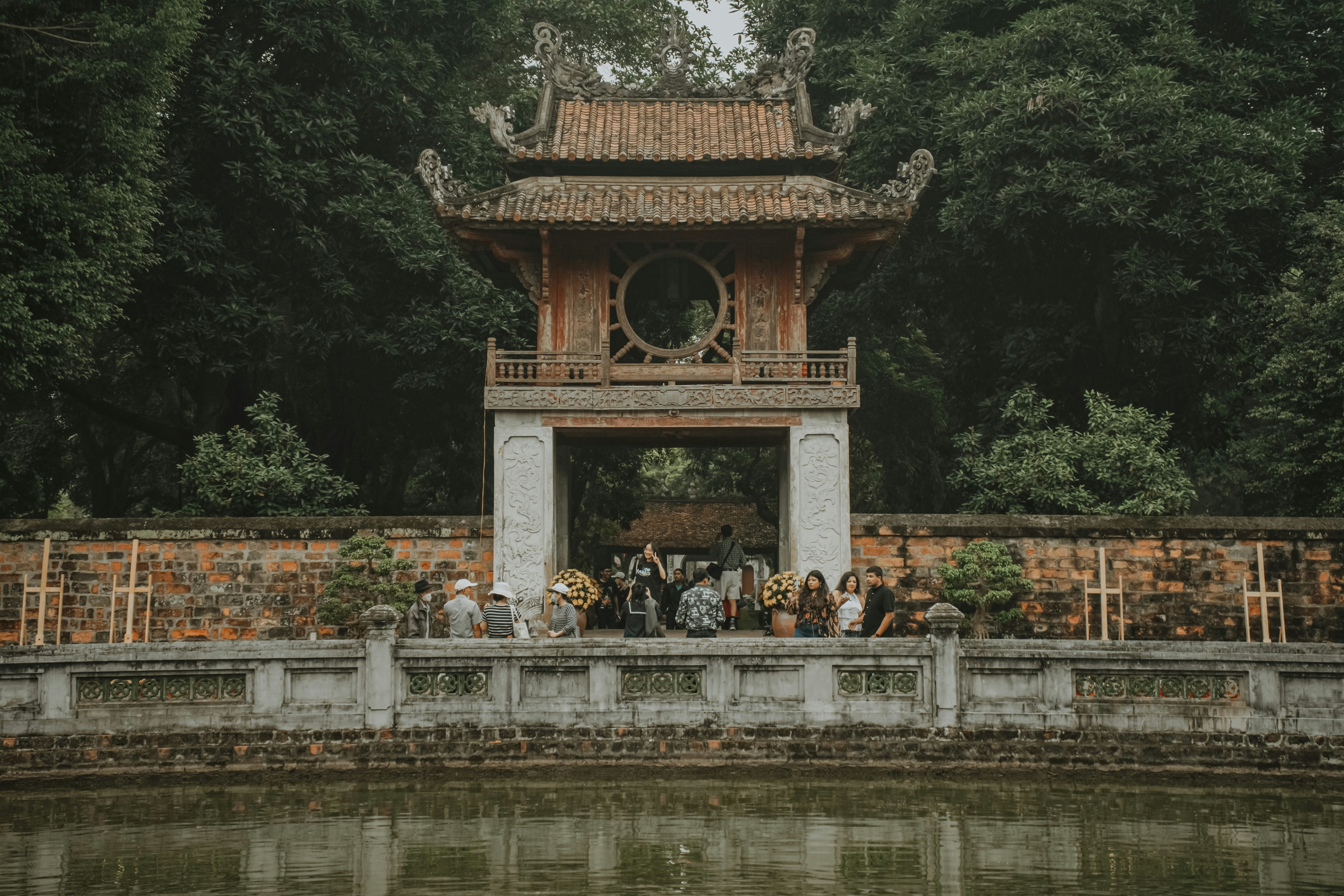

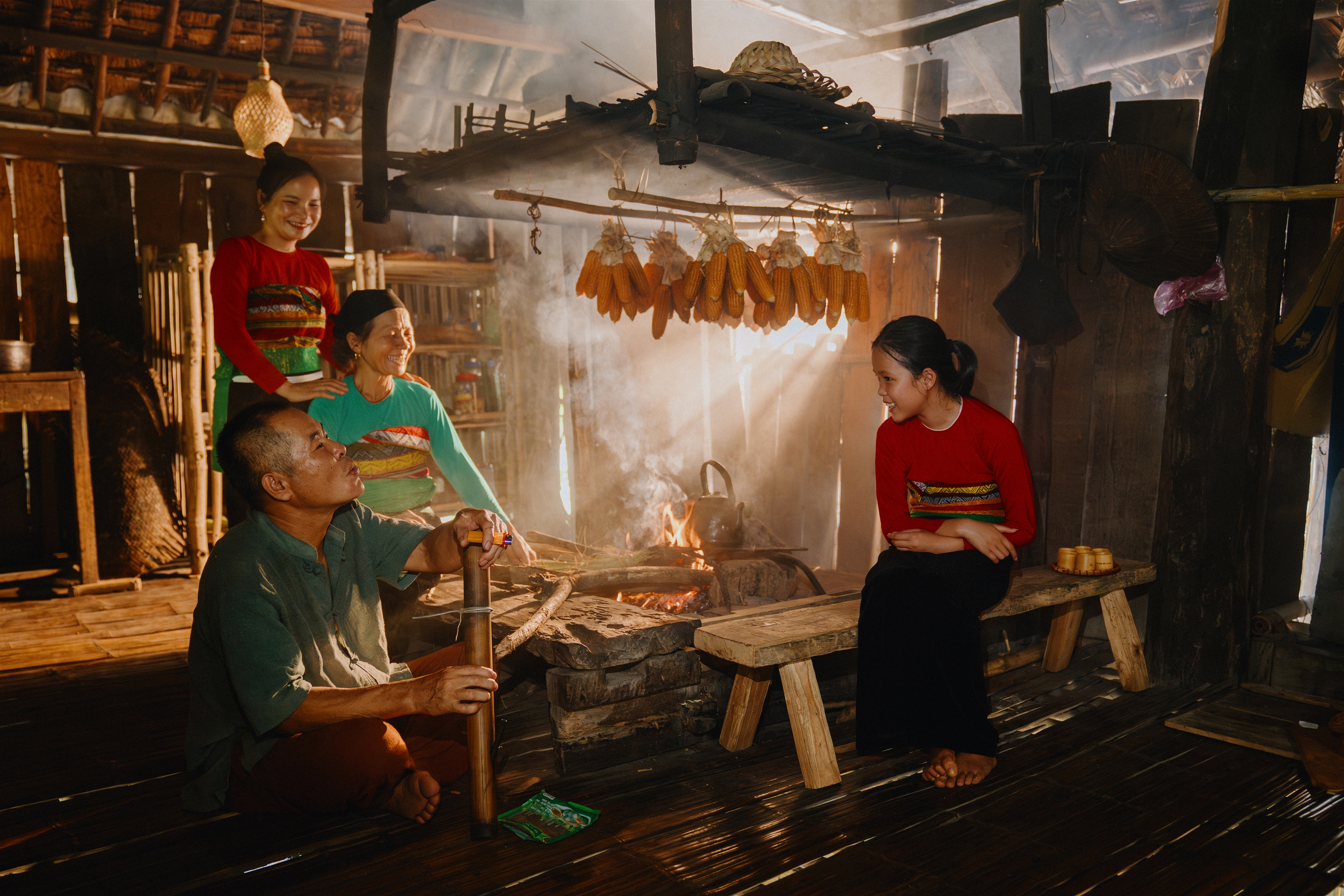

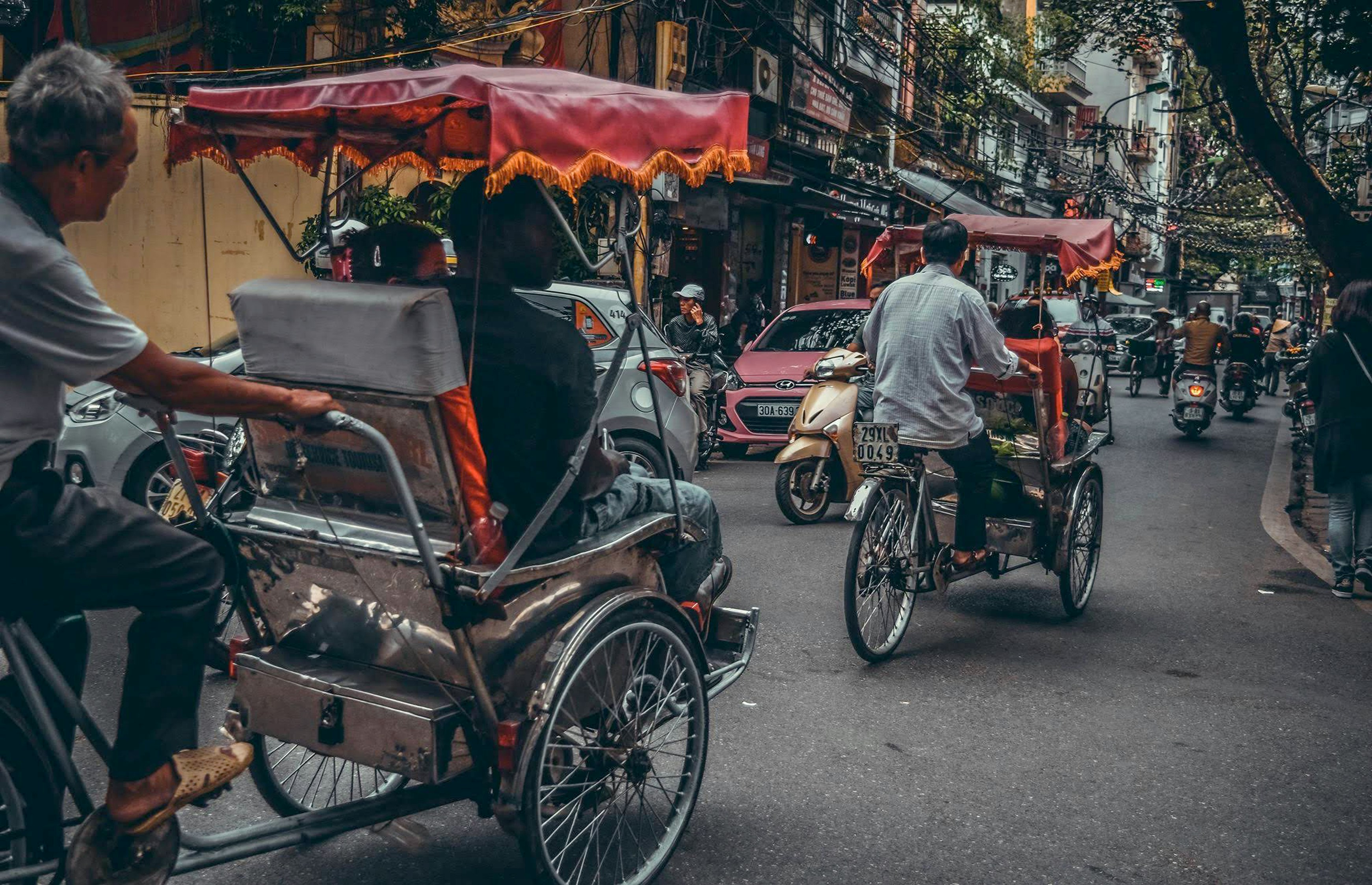
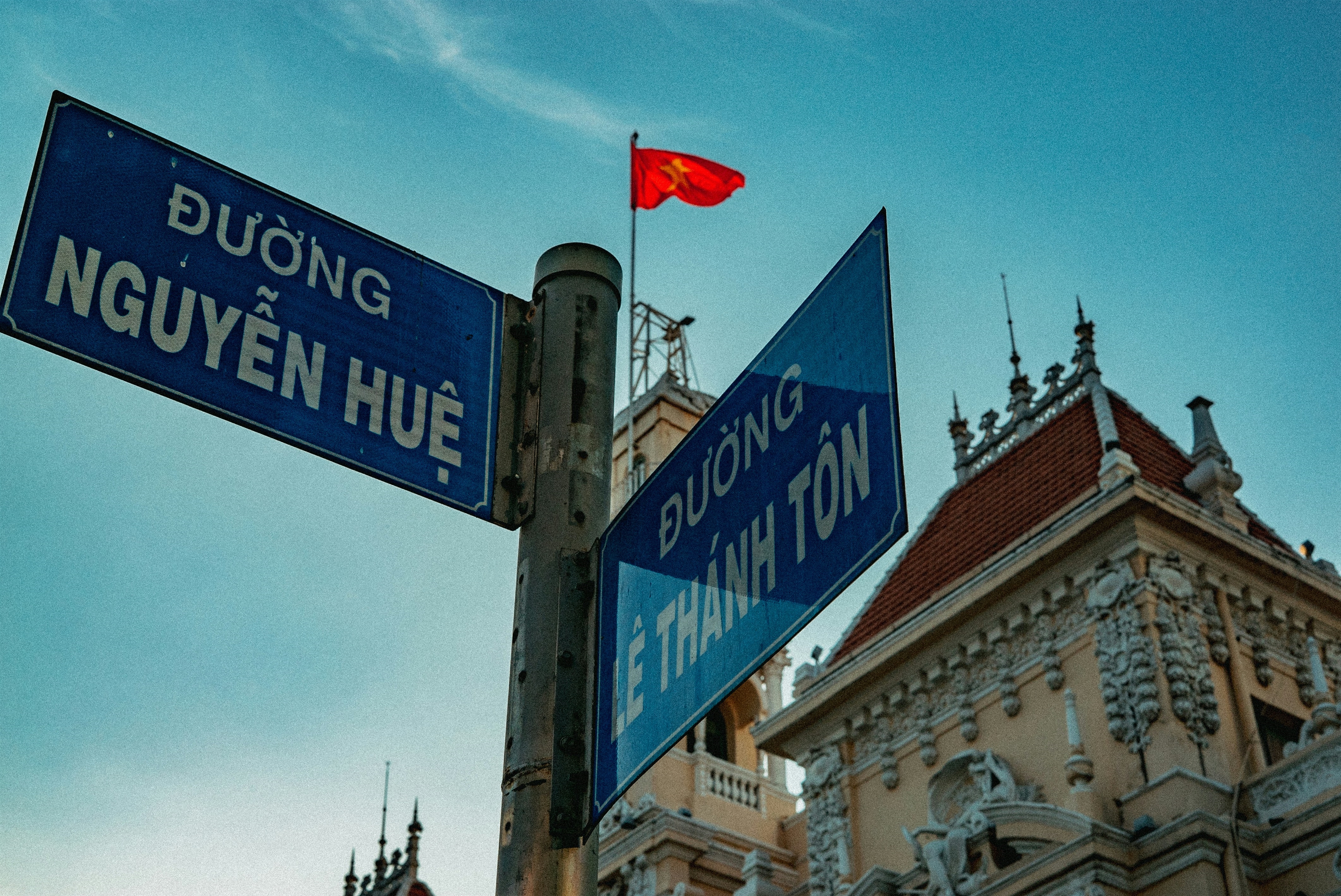
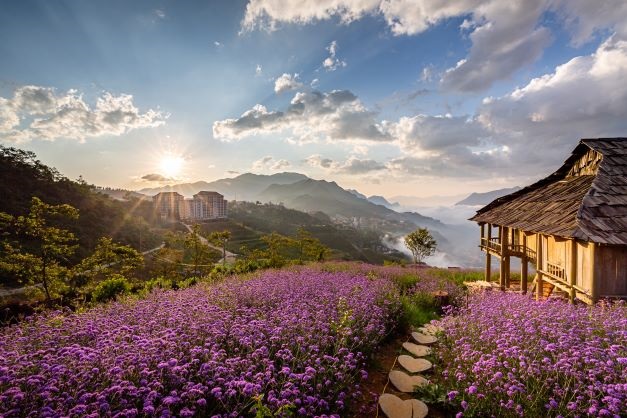
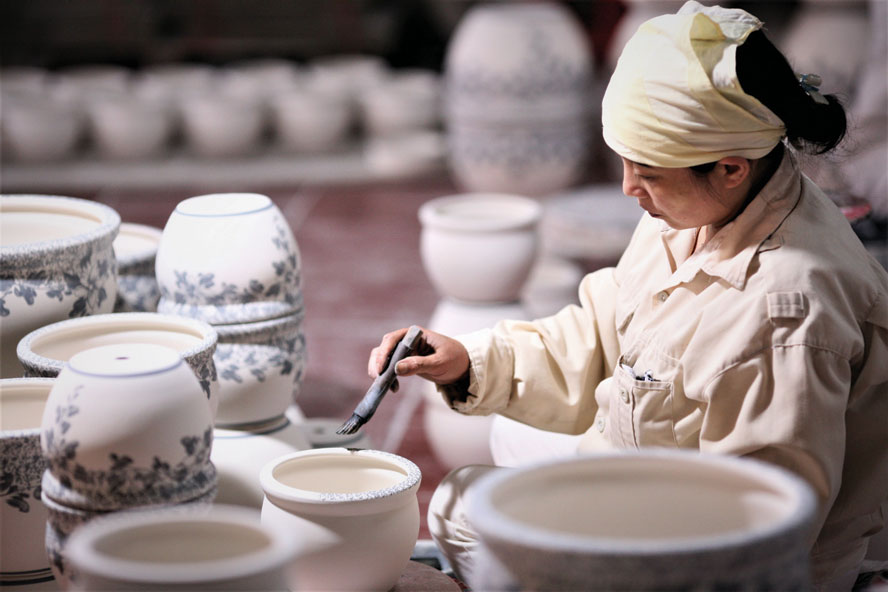

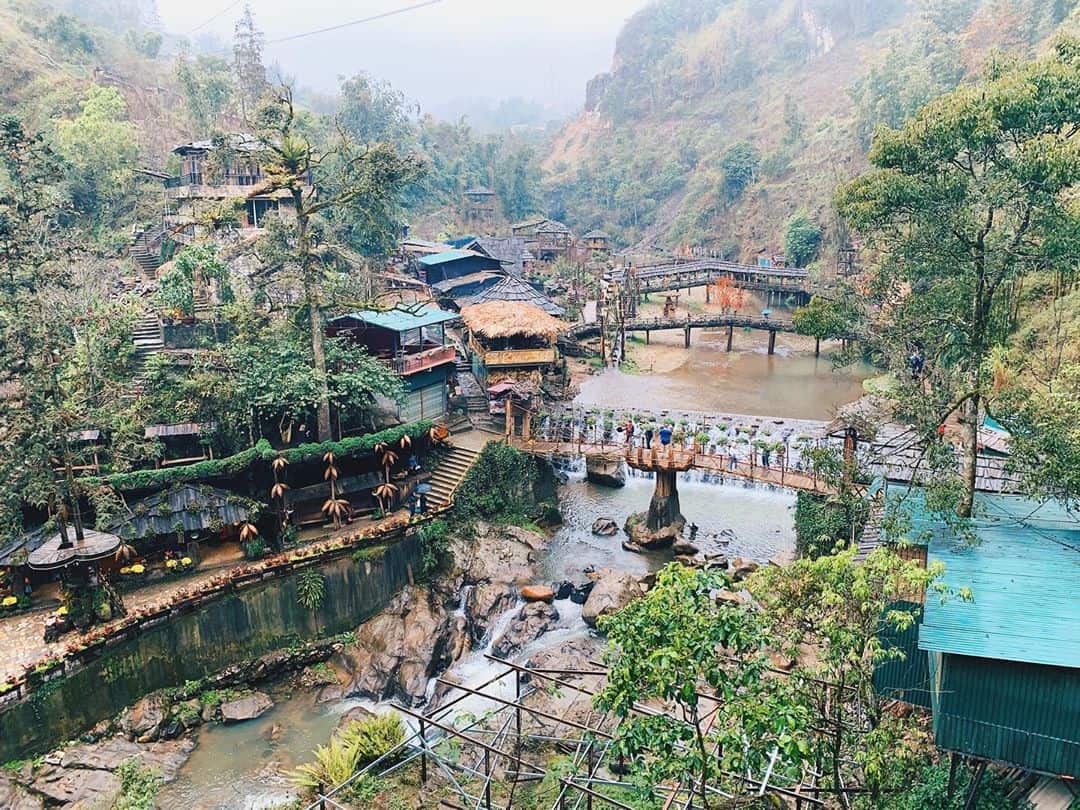
.jpg)
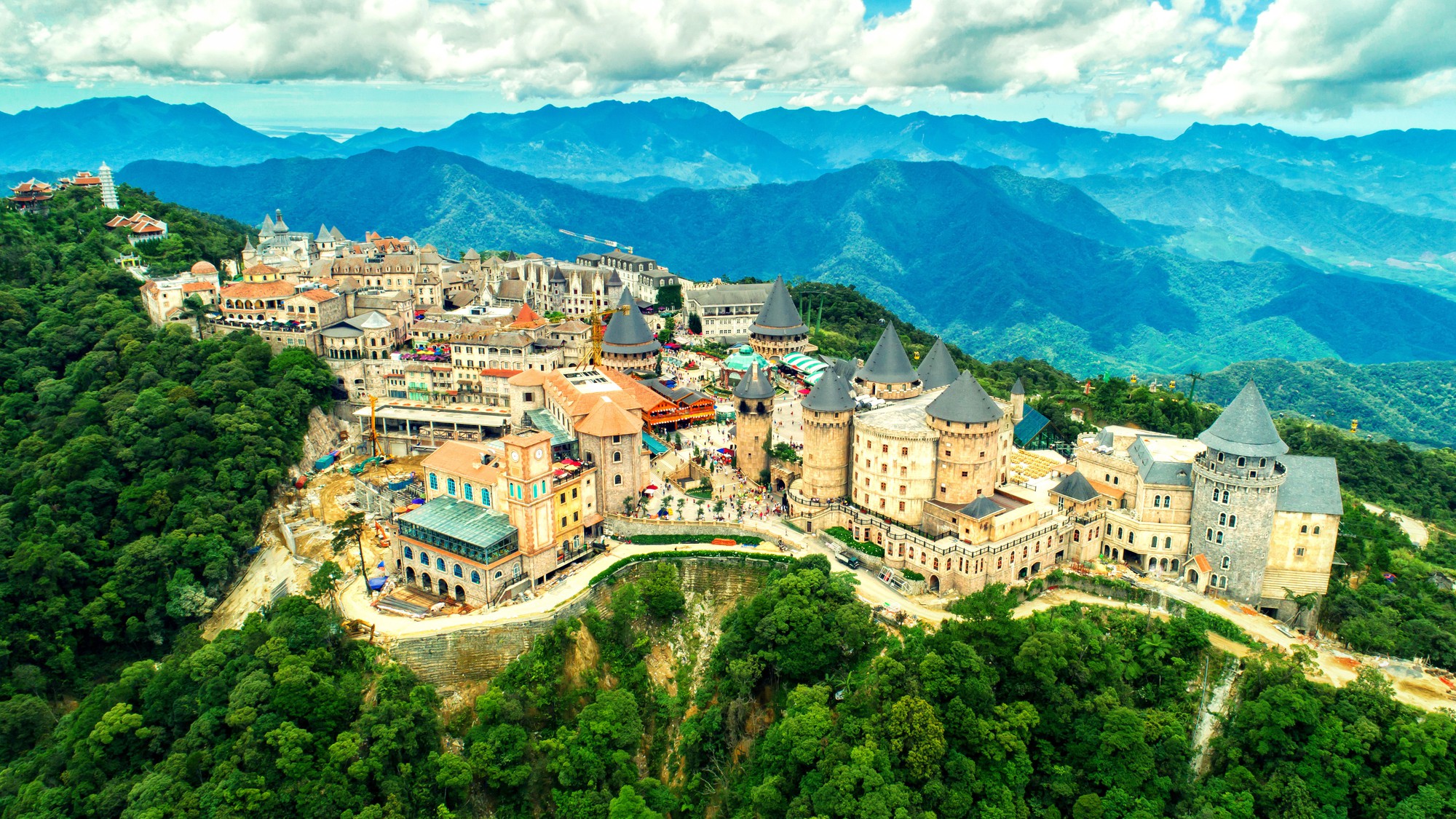

.jpg)
